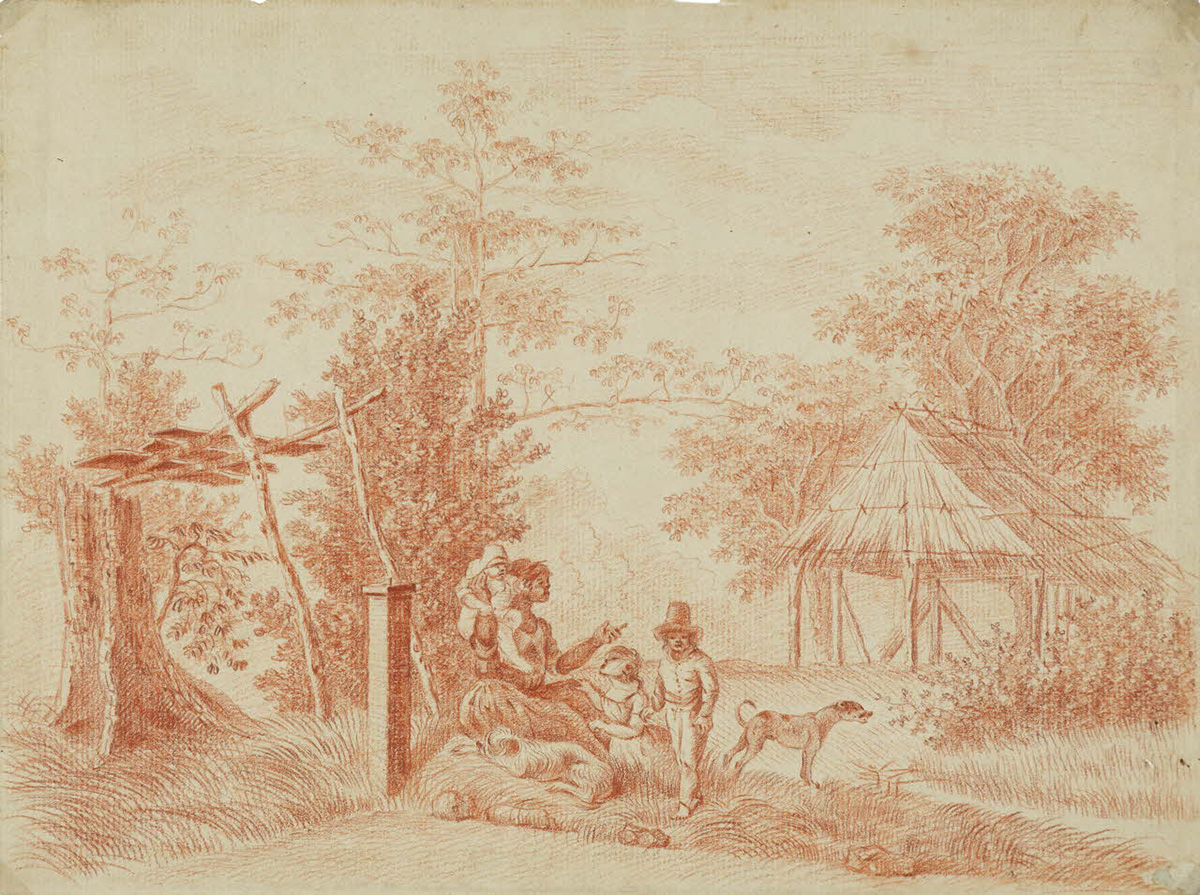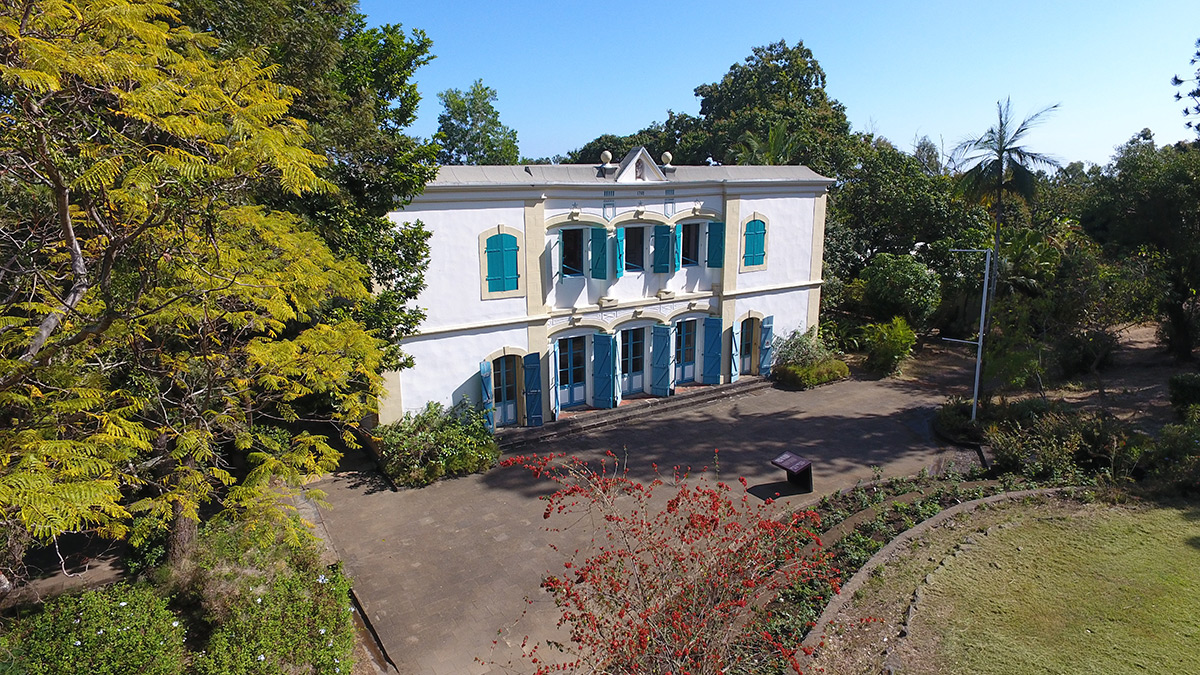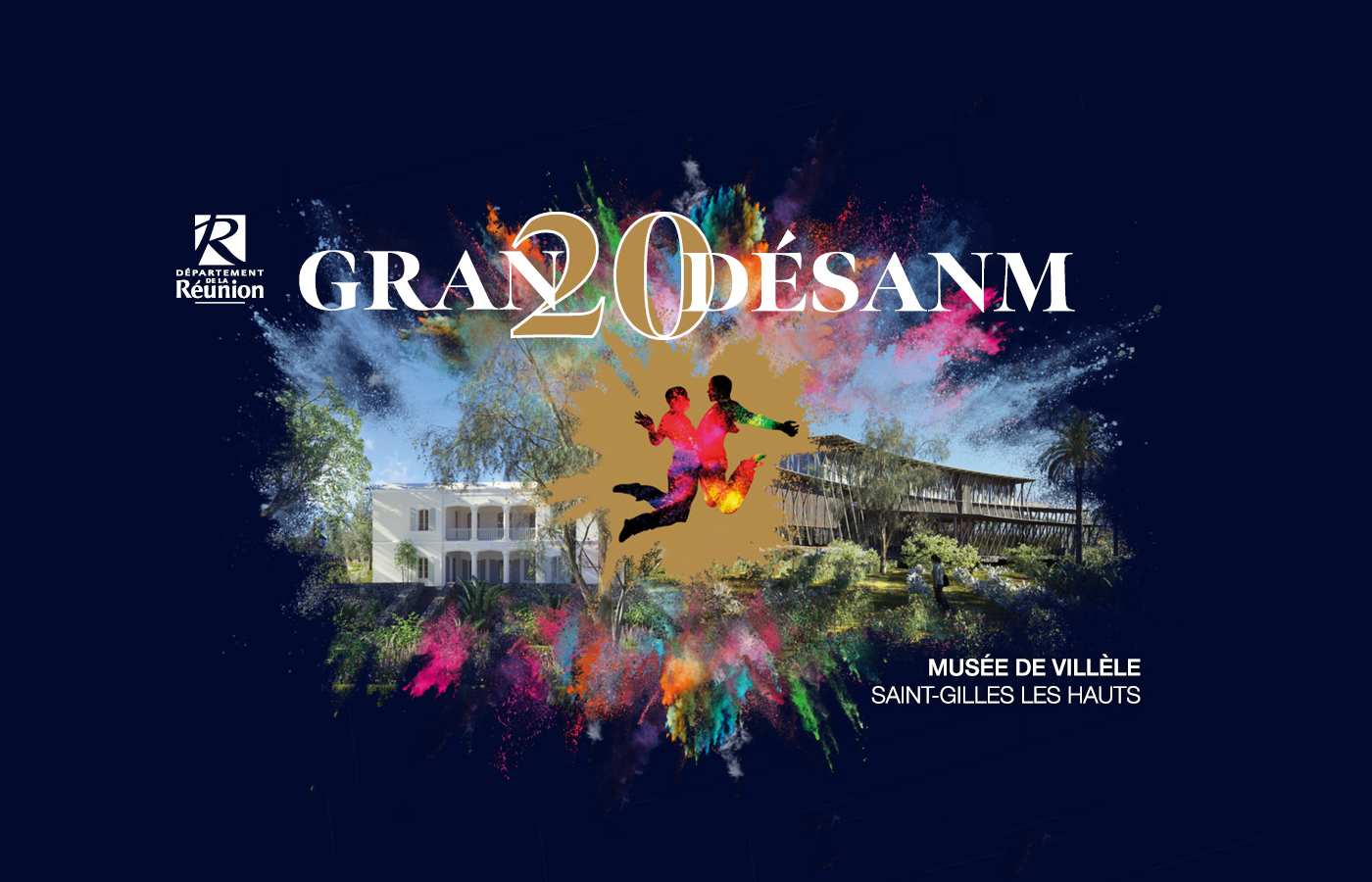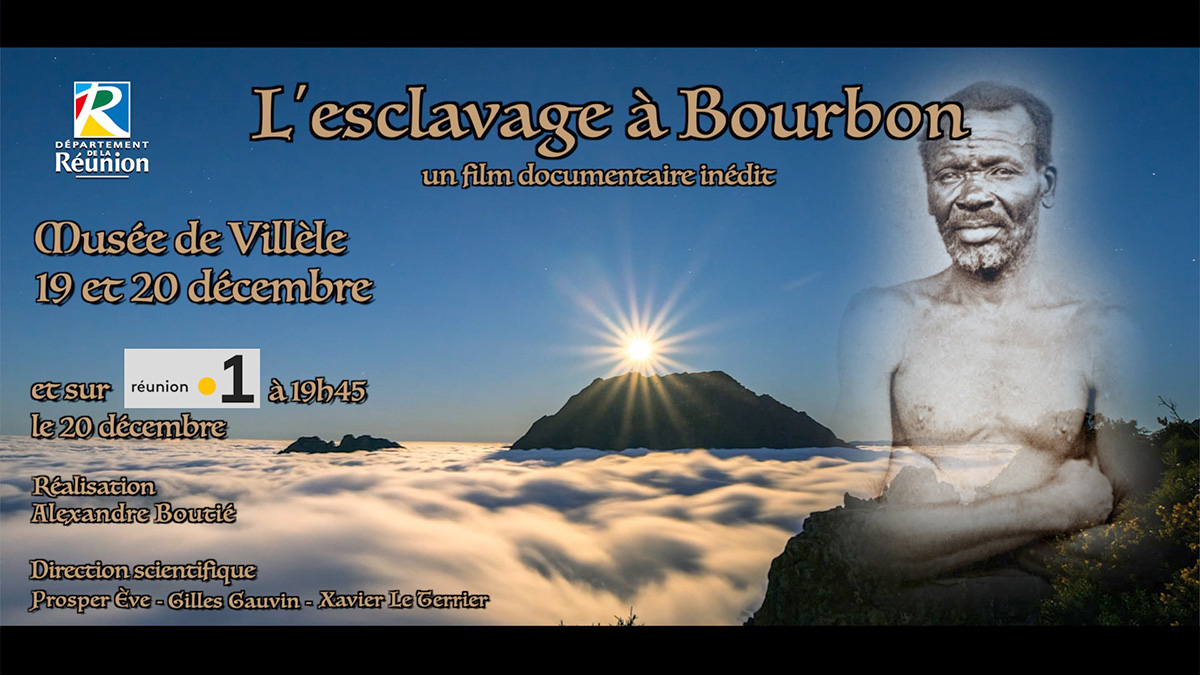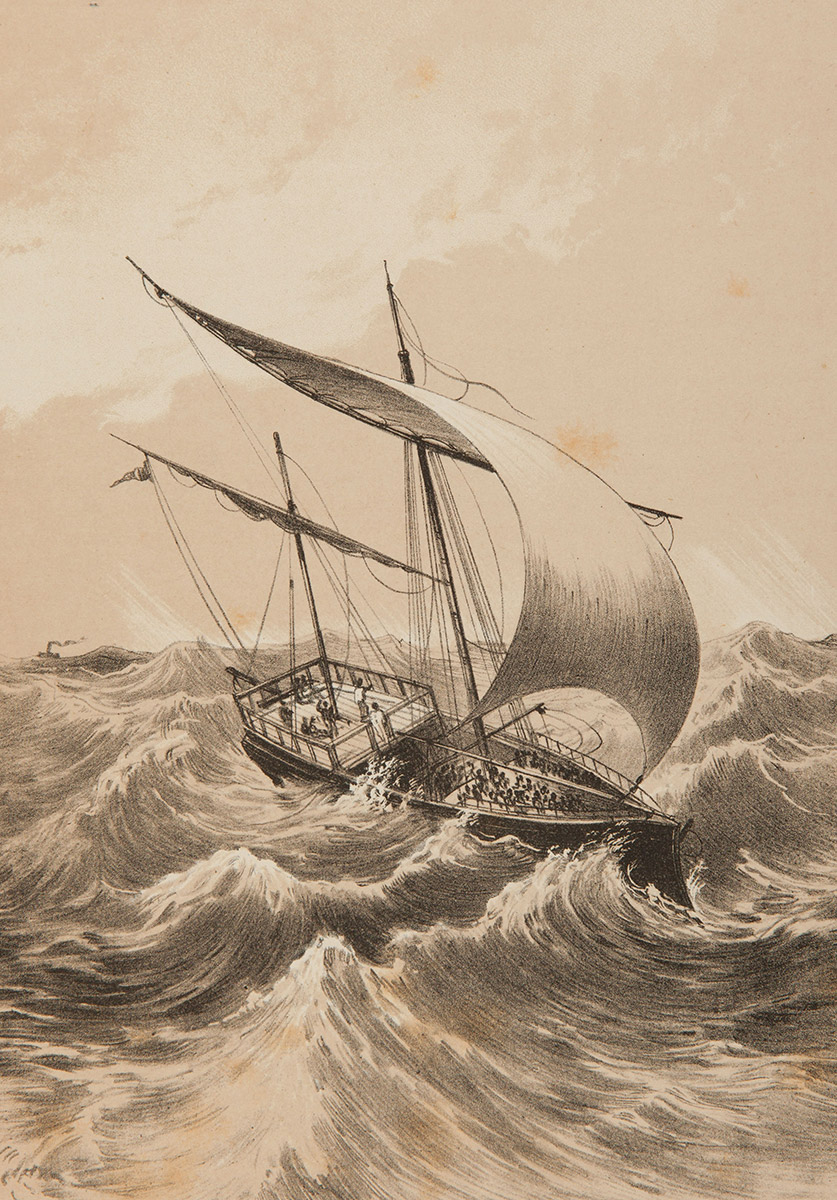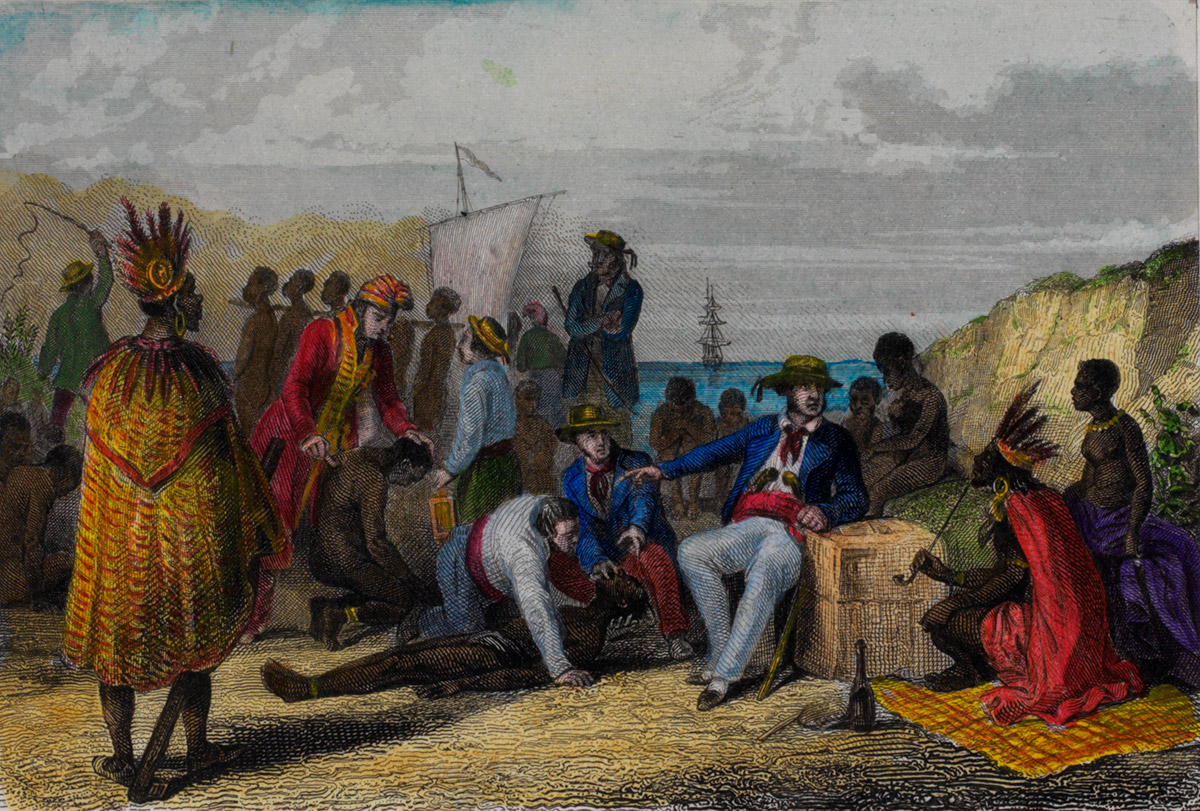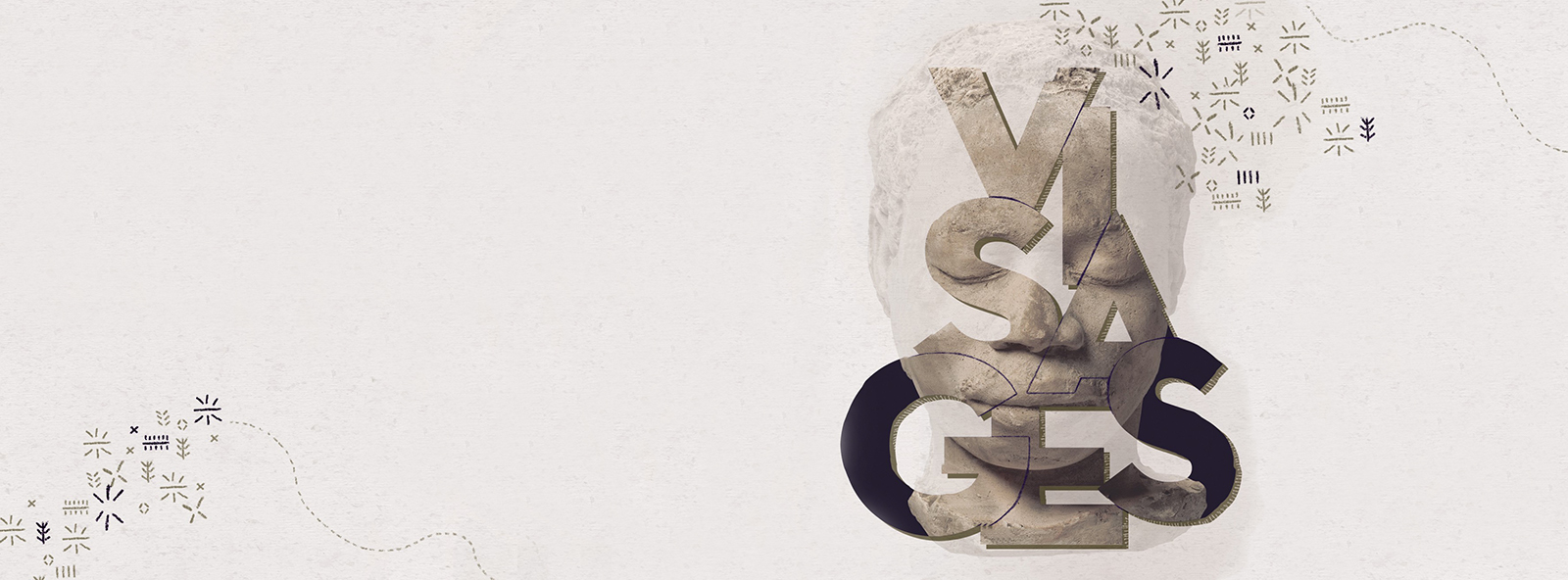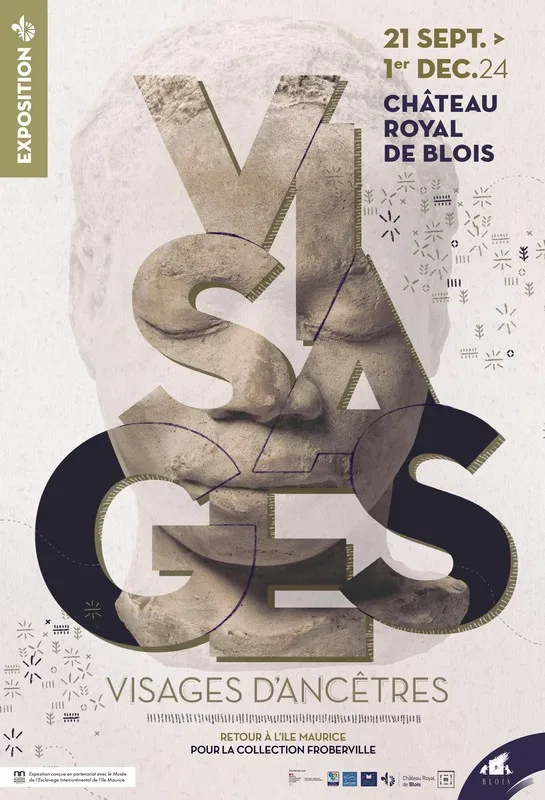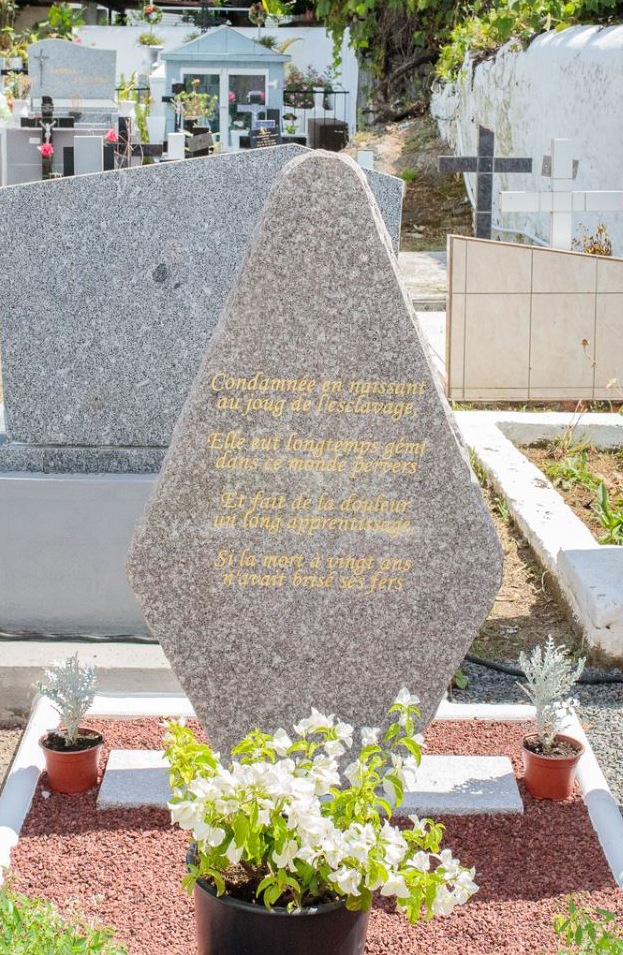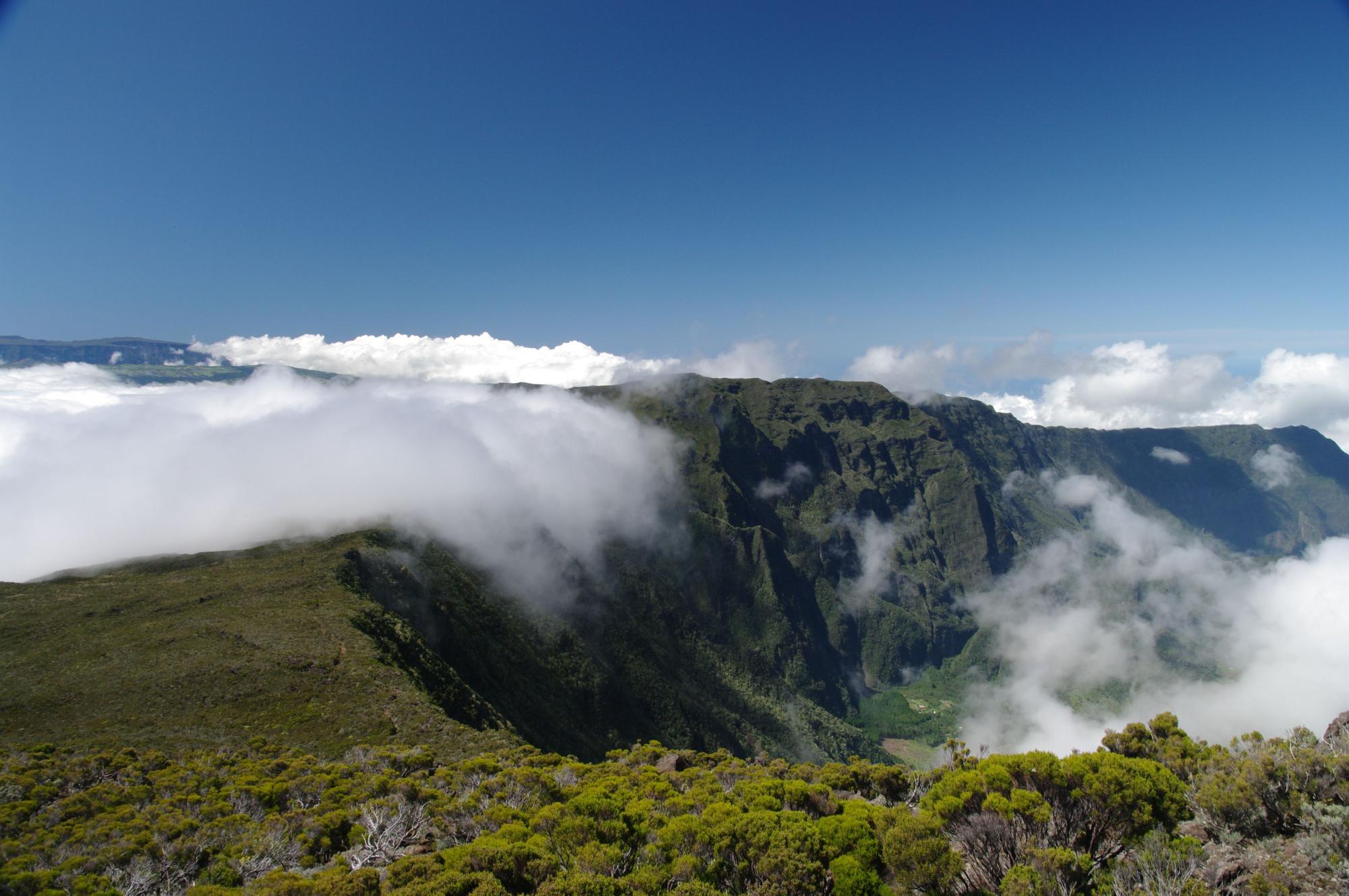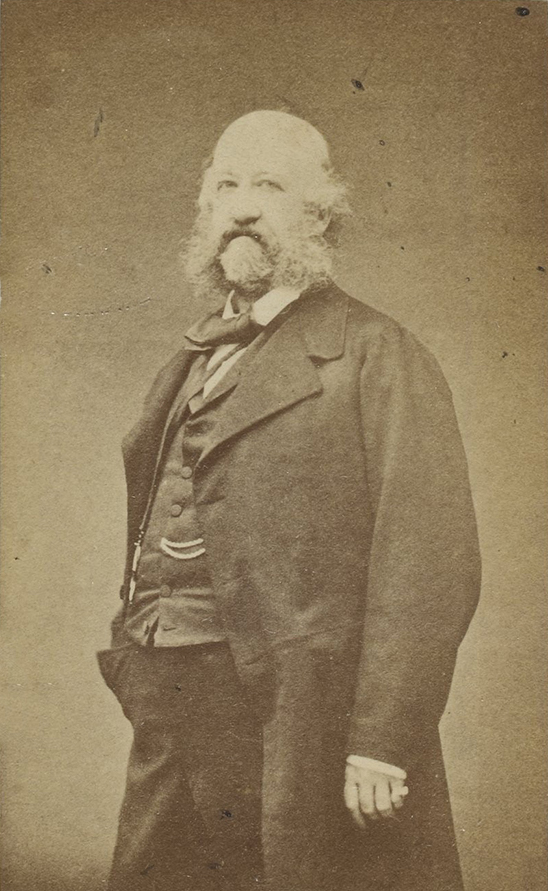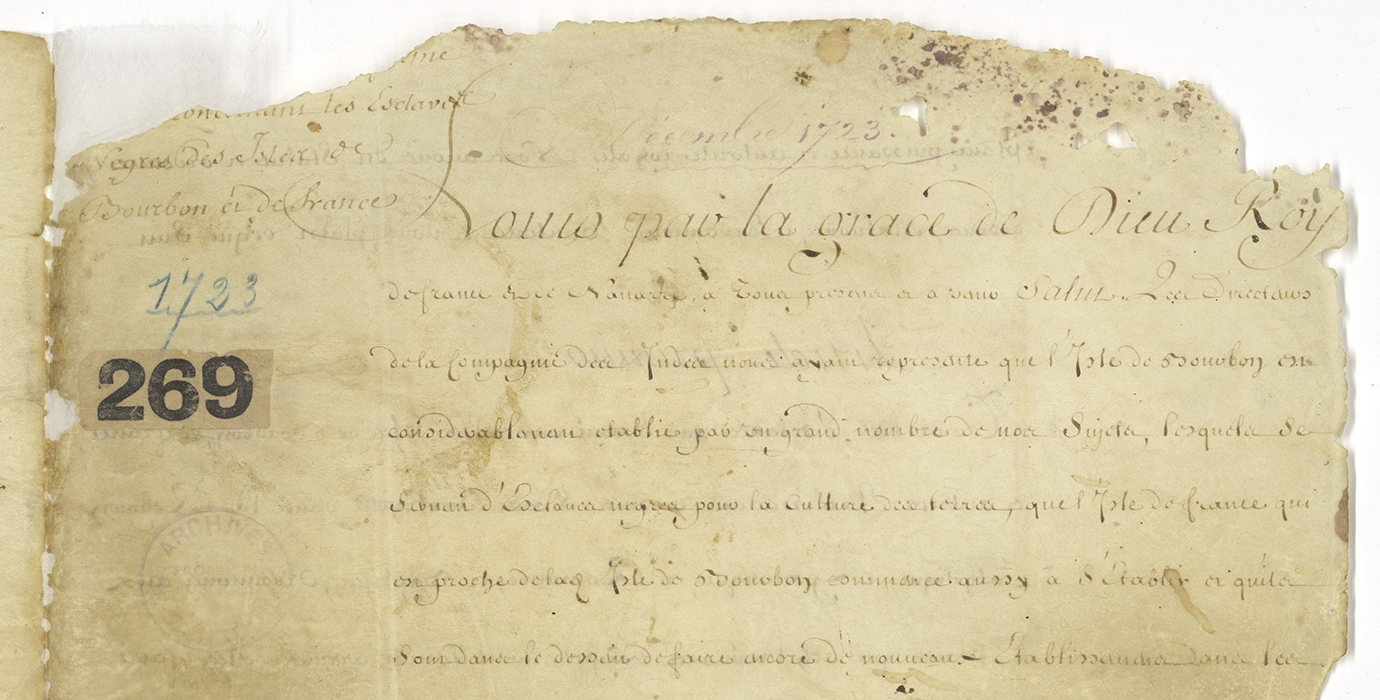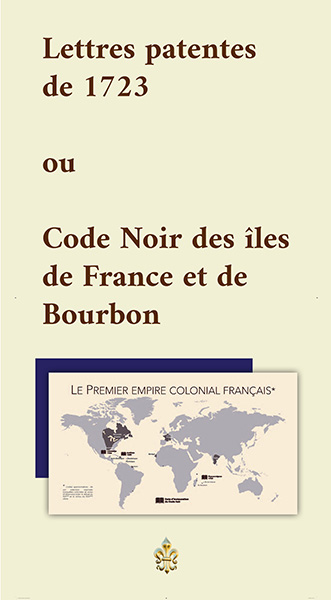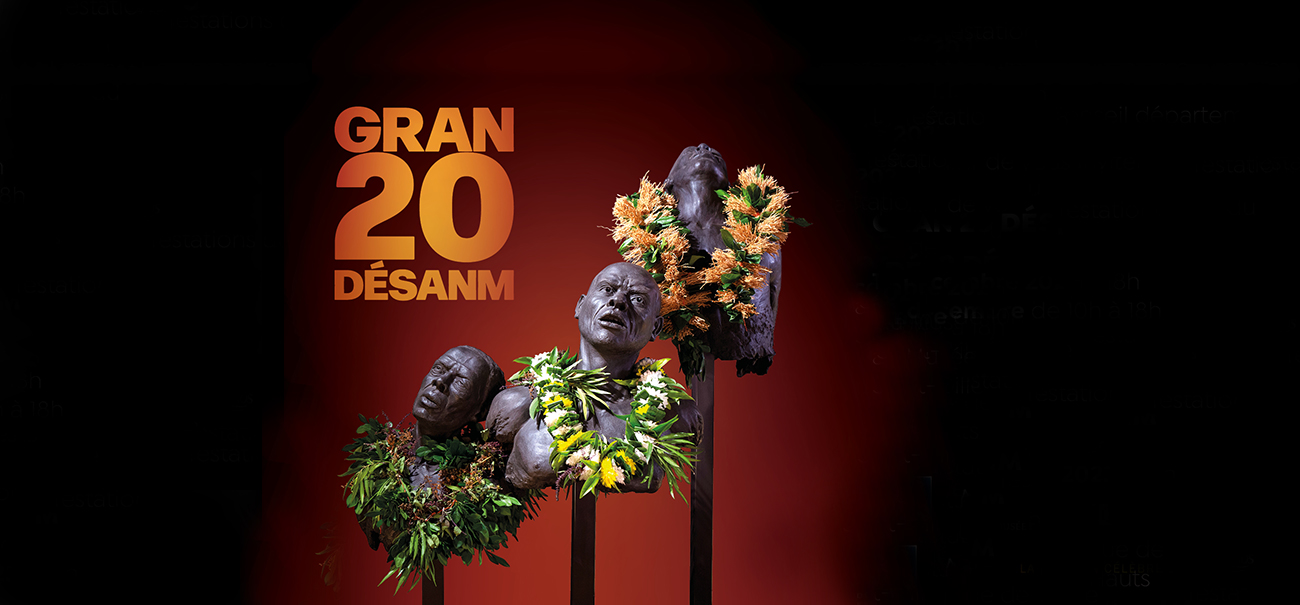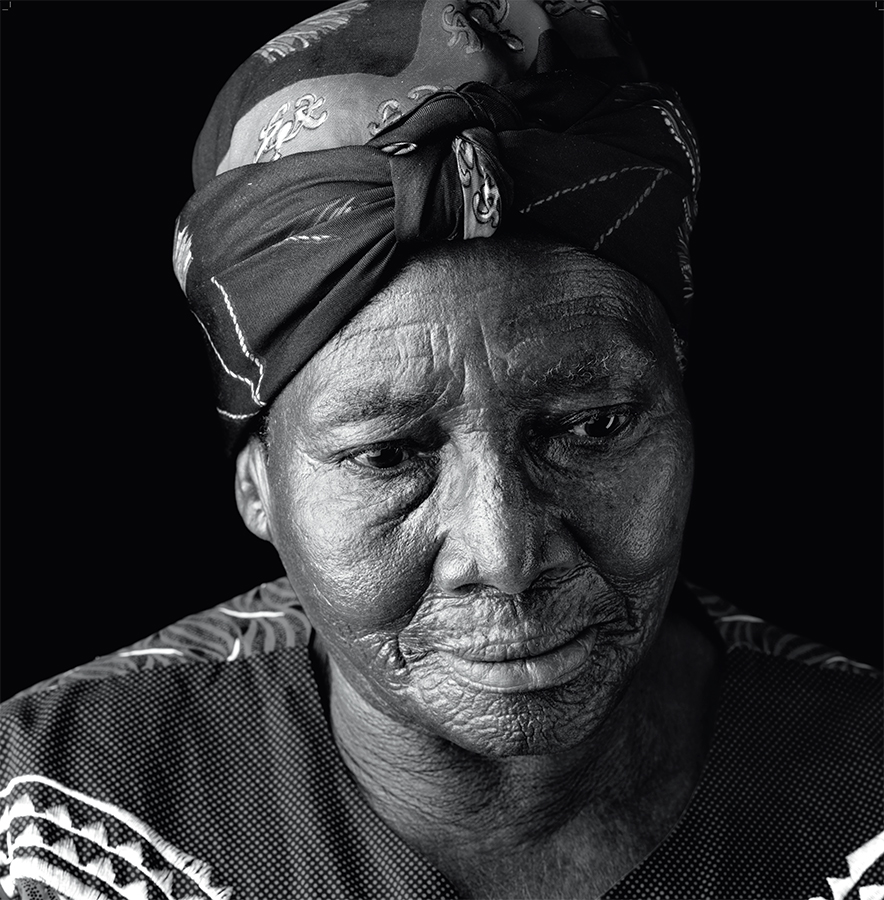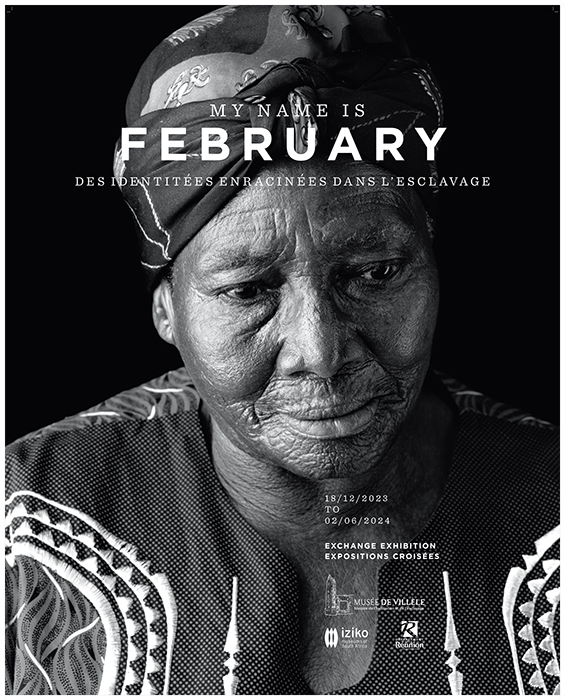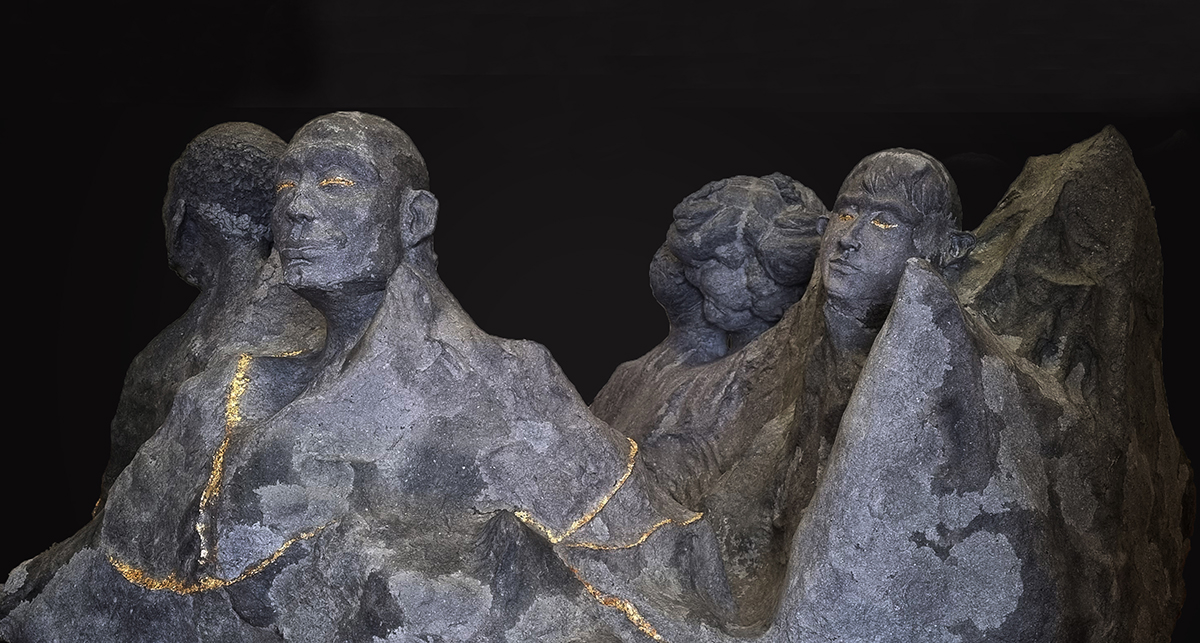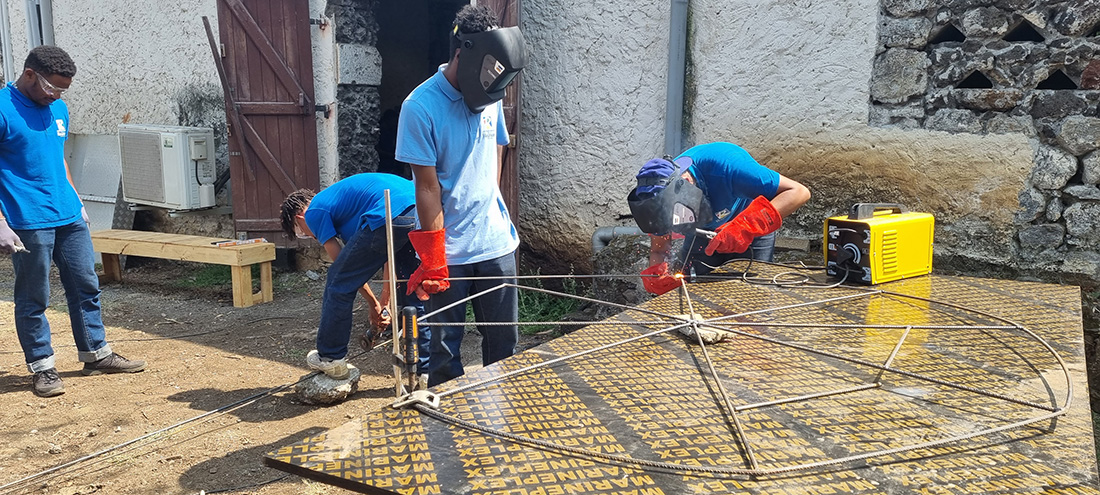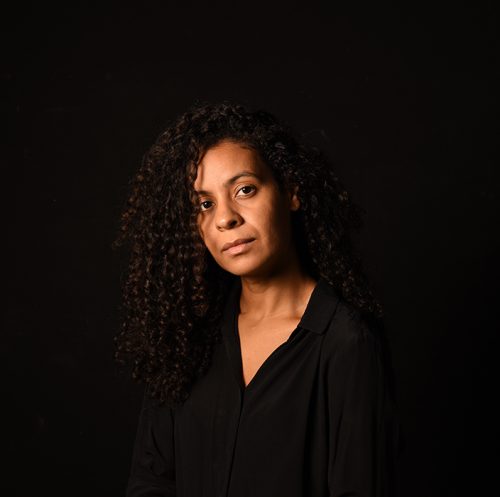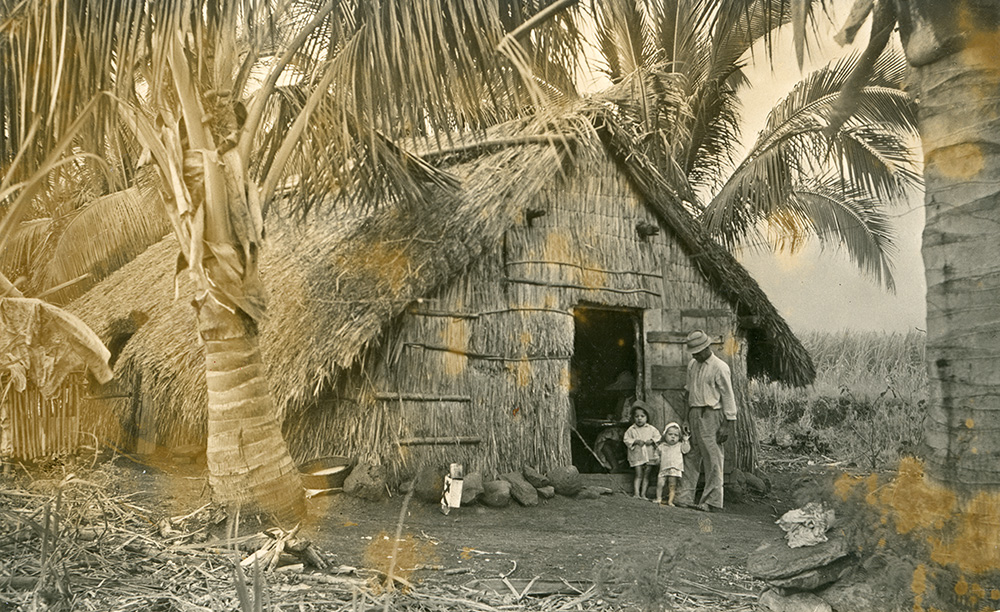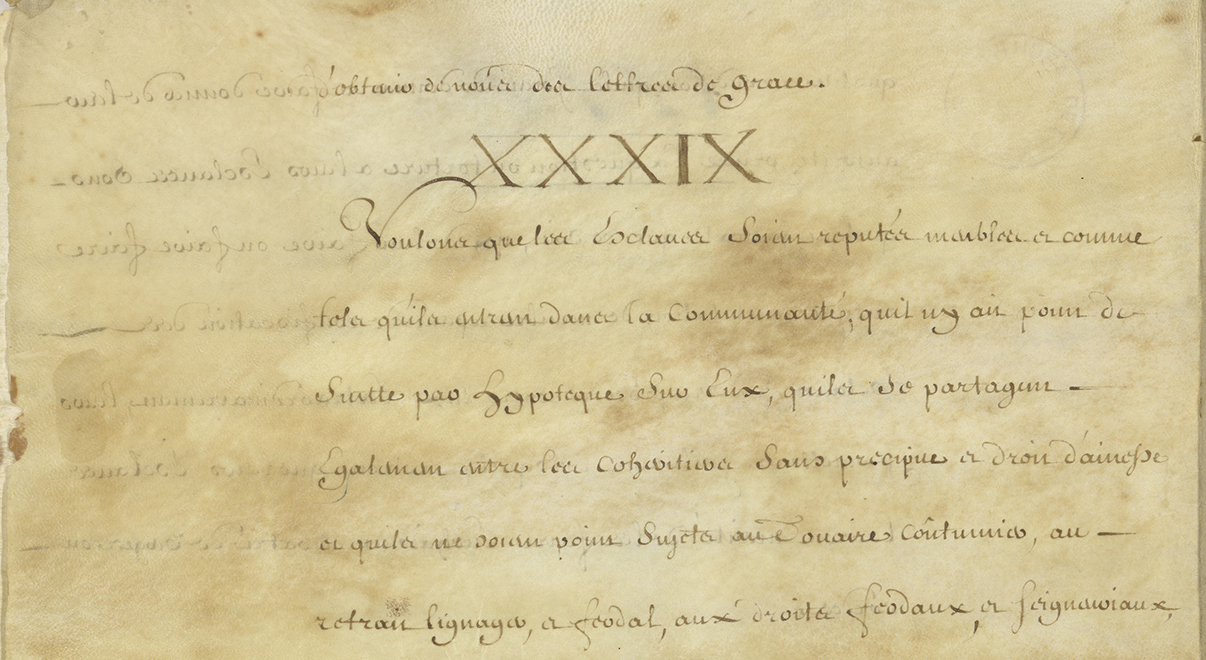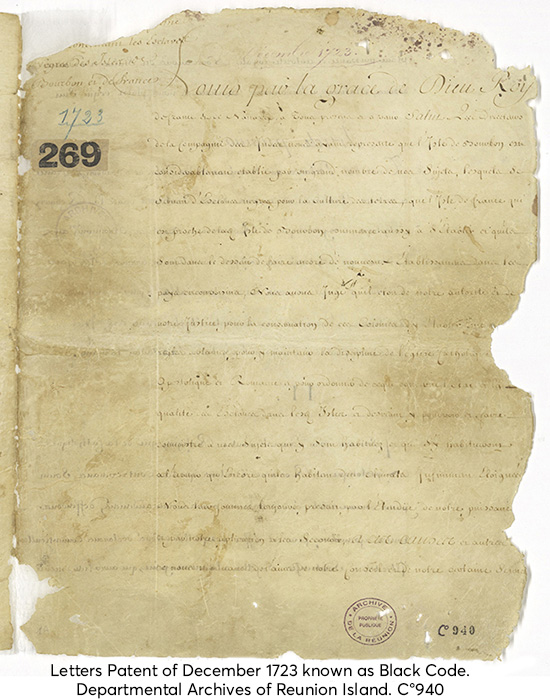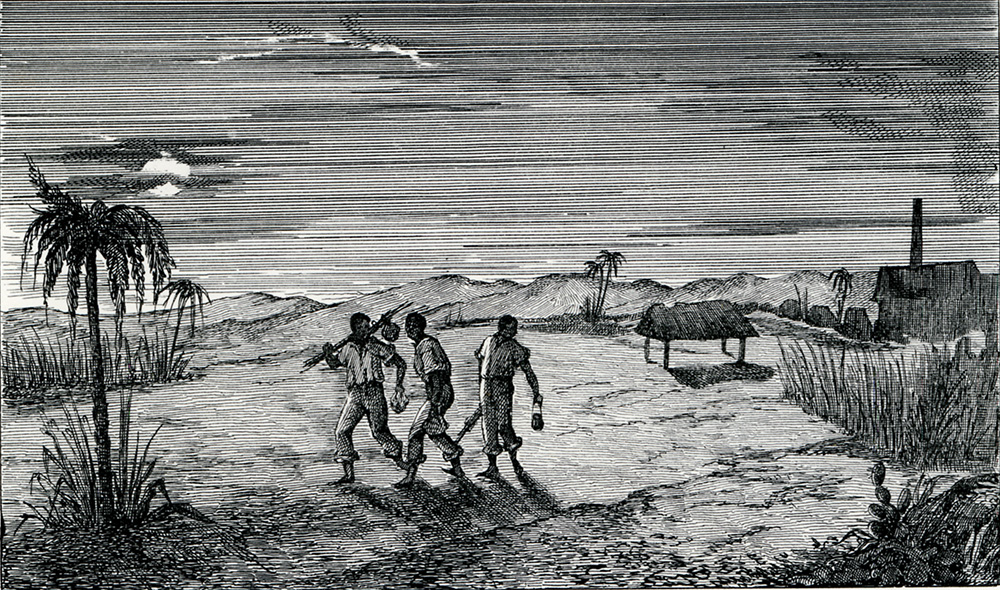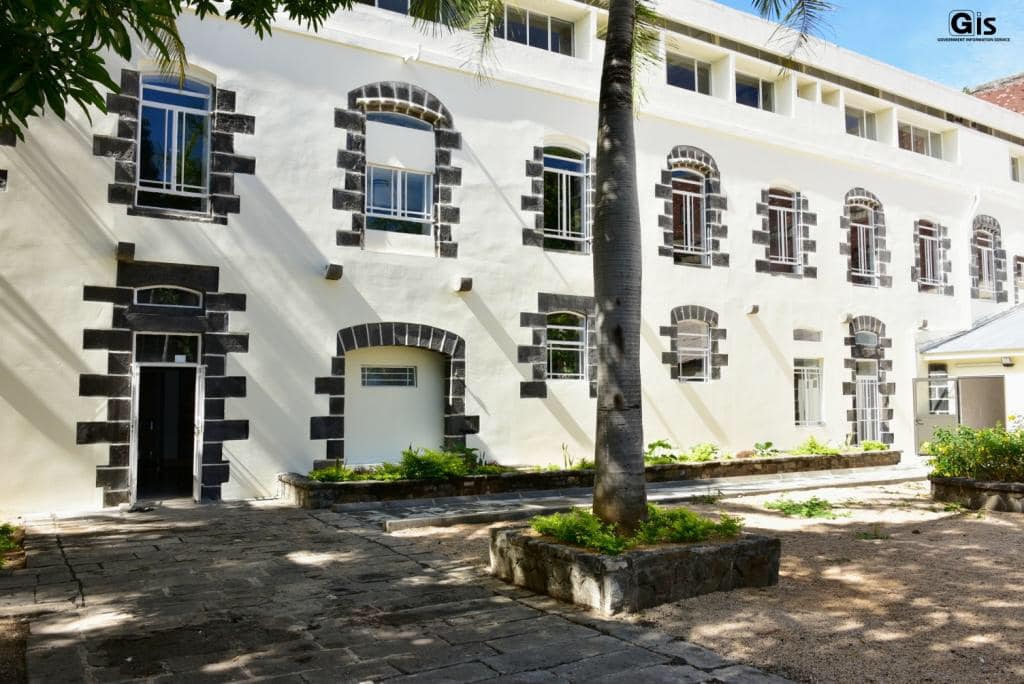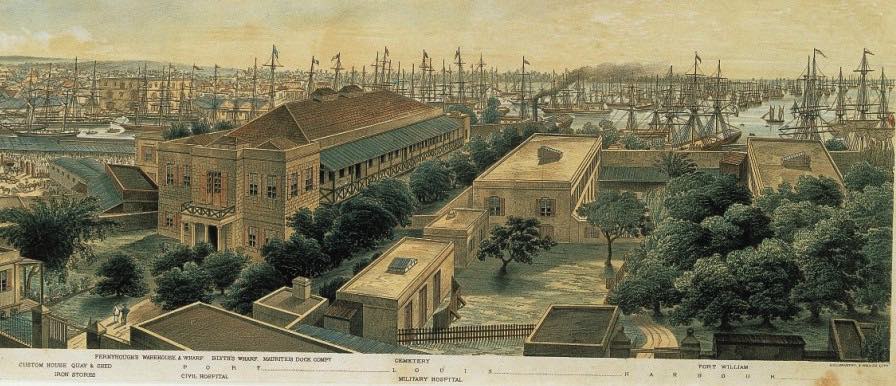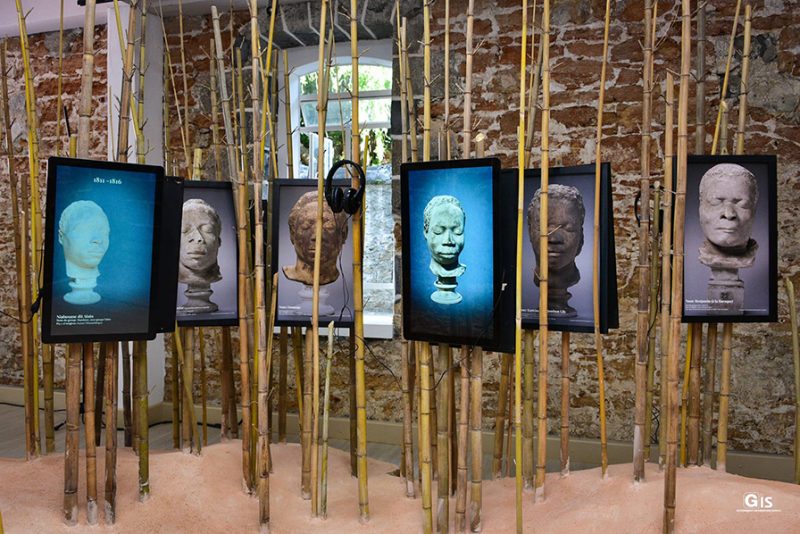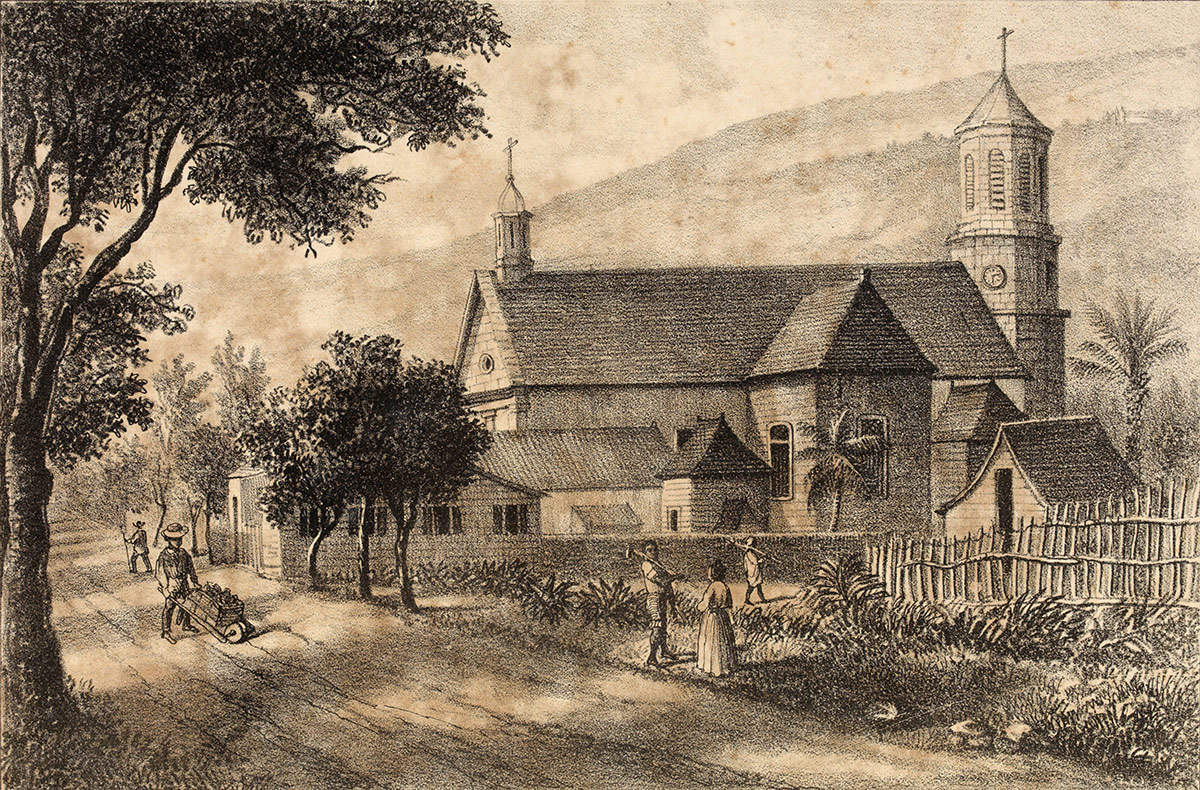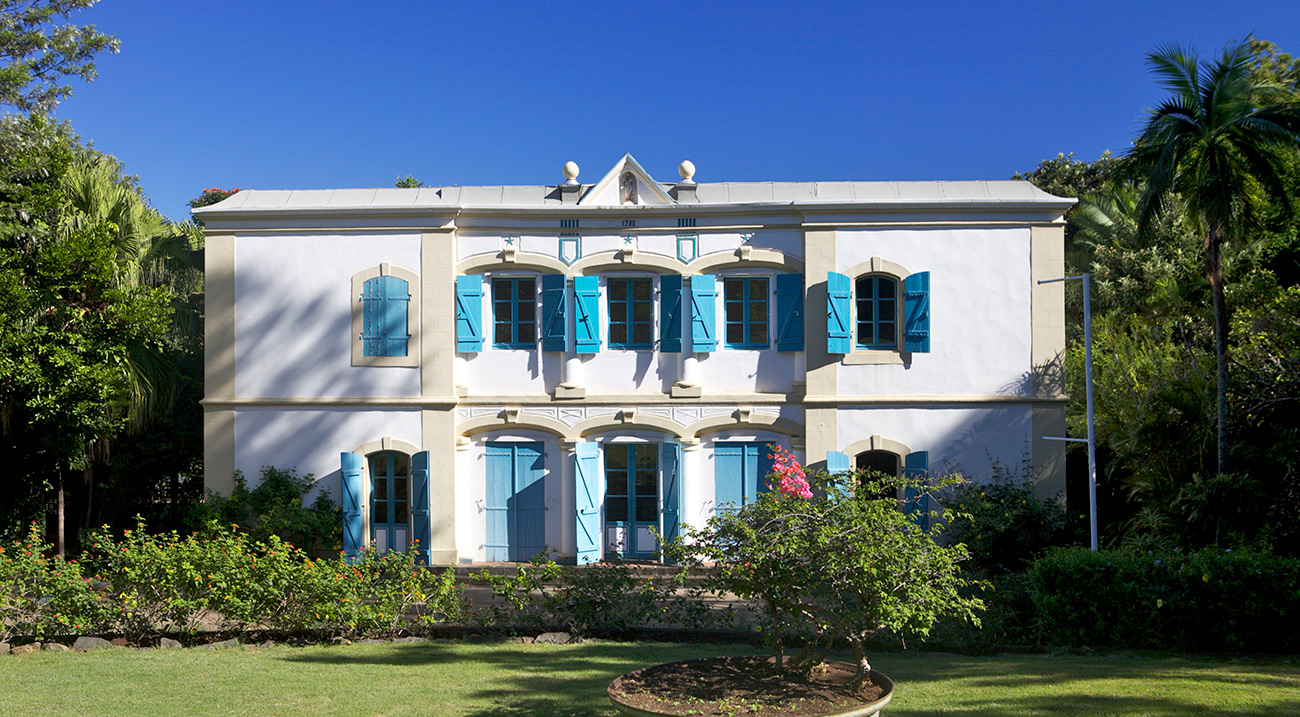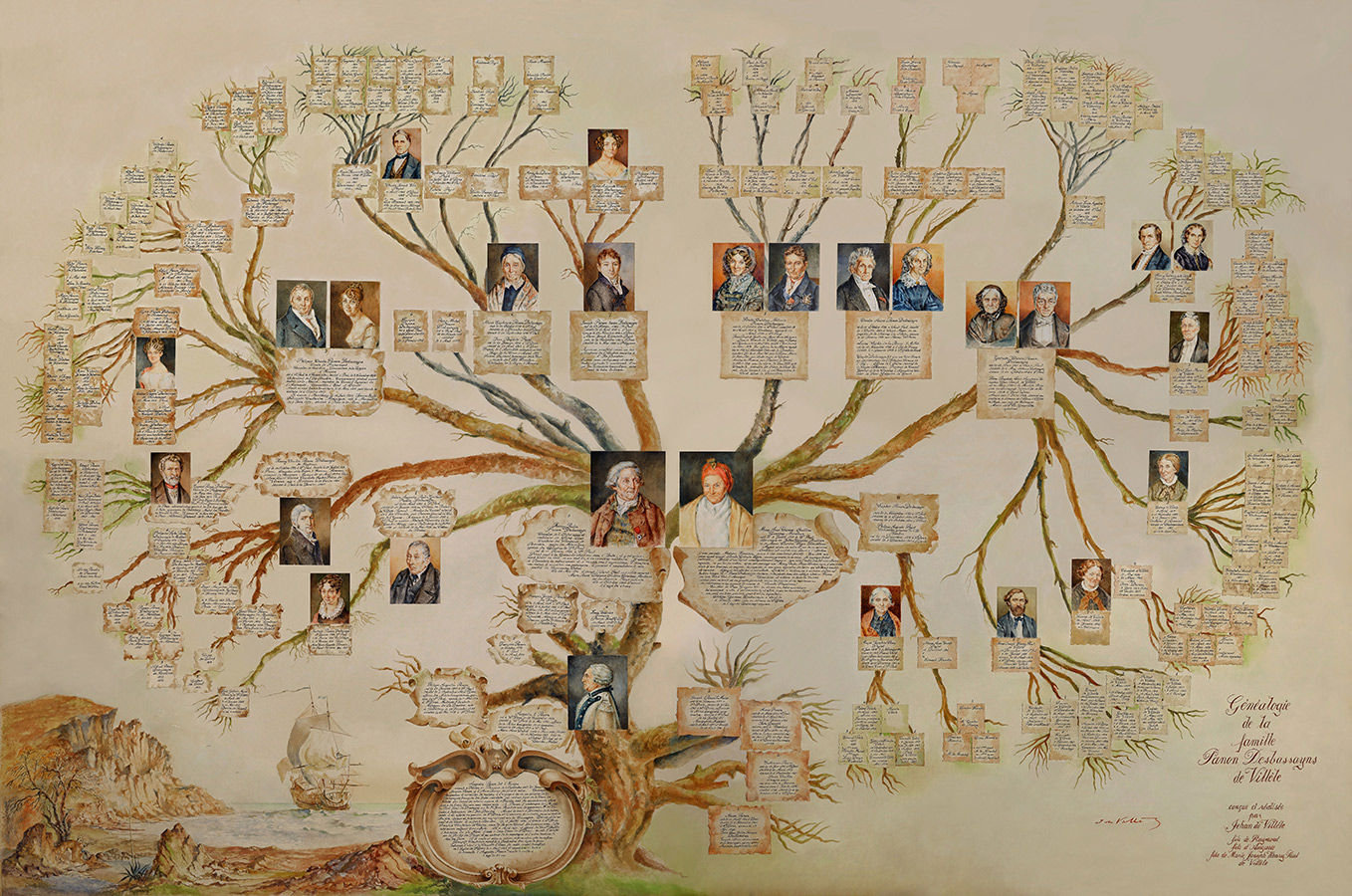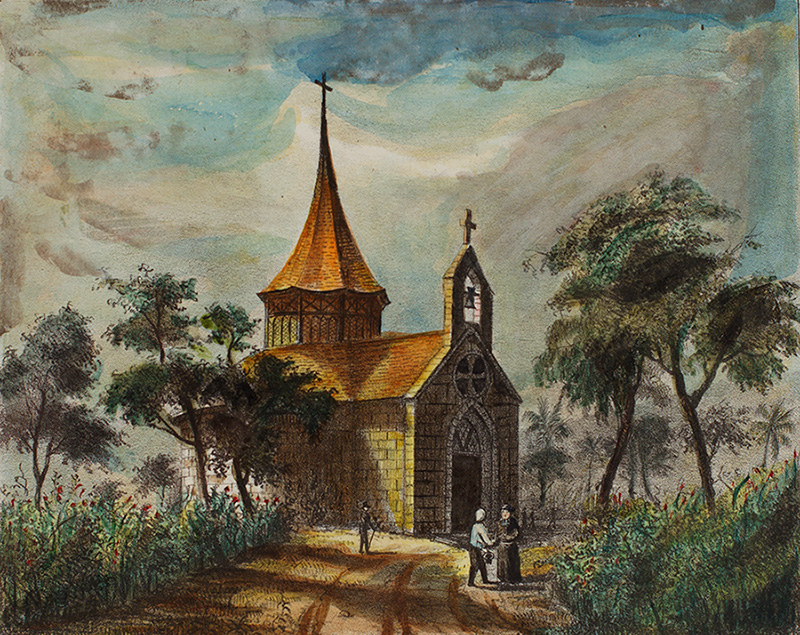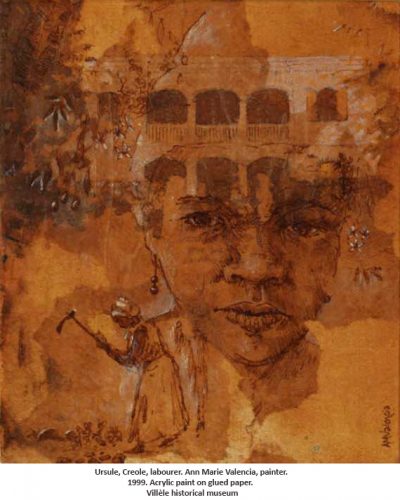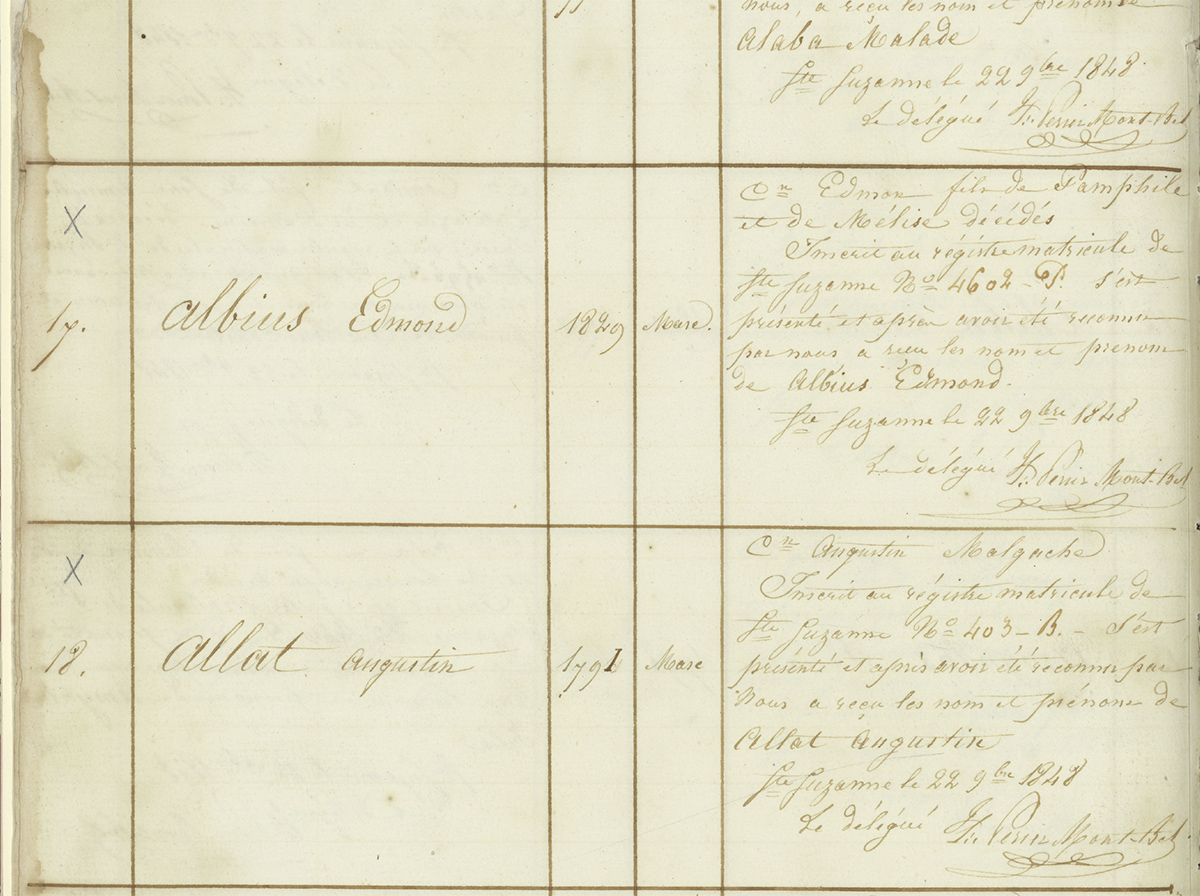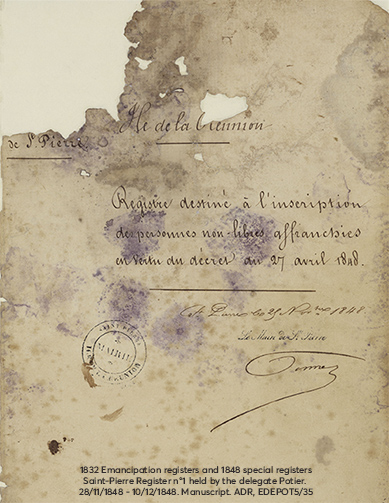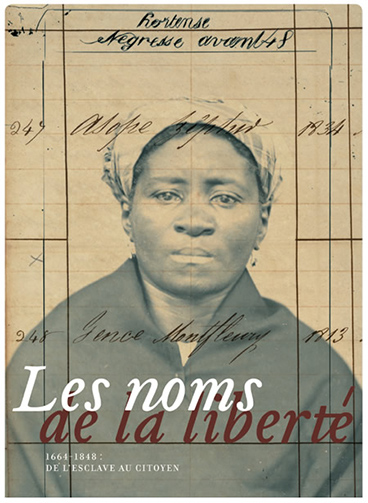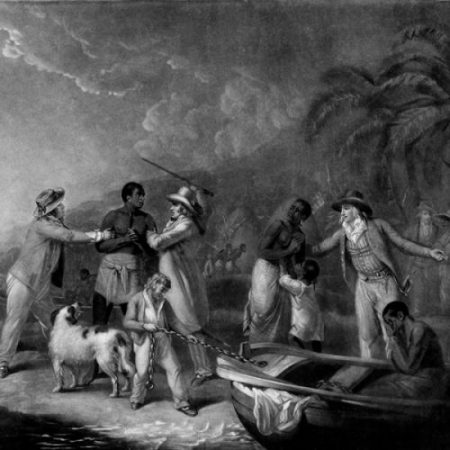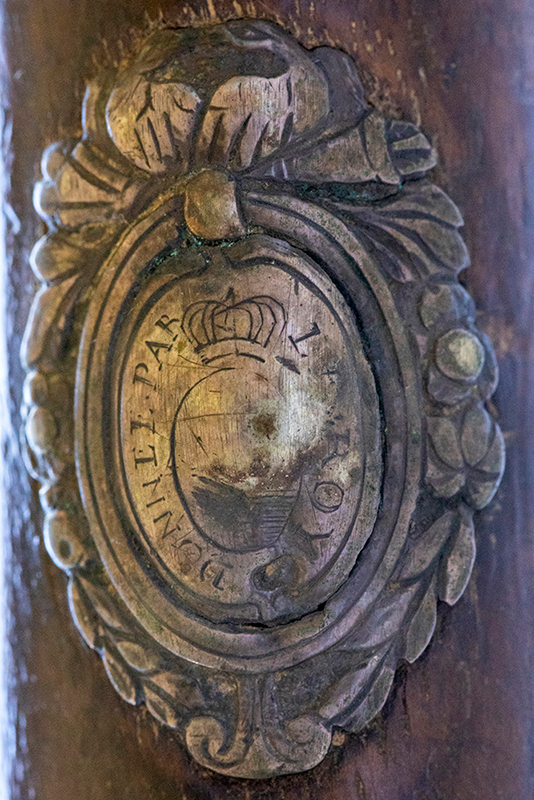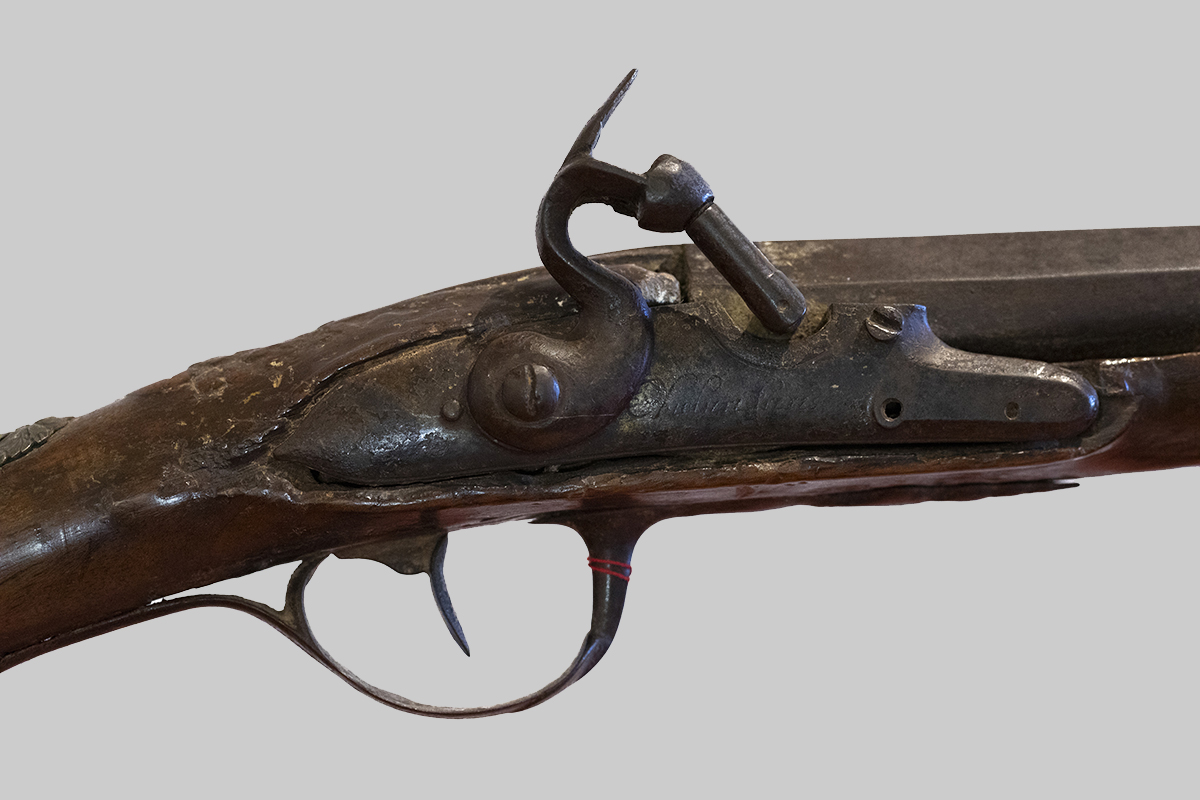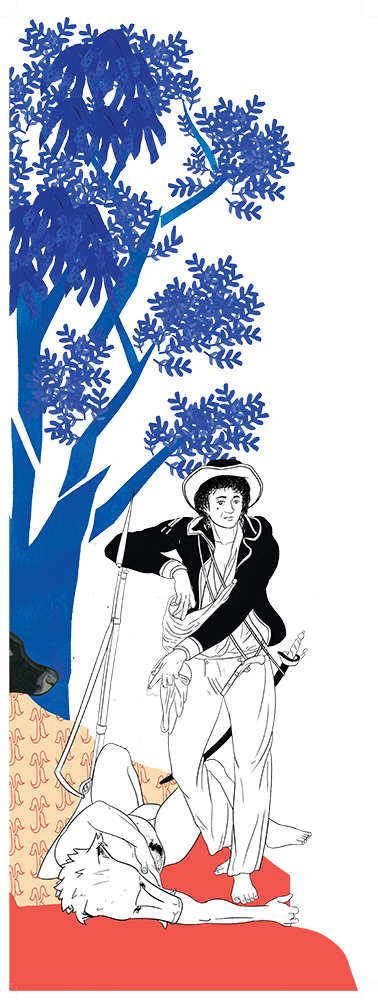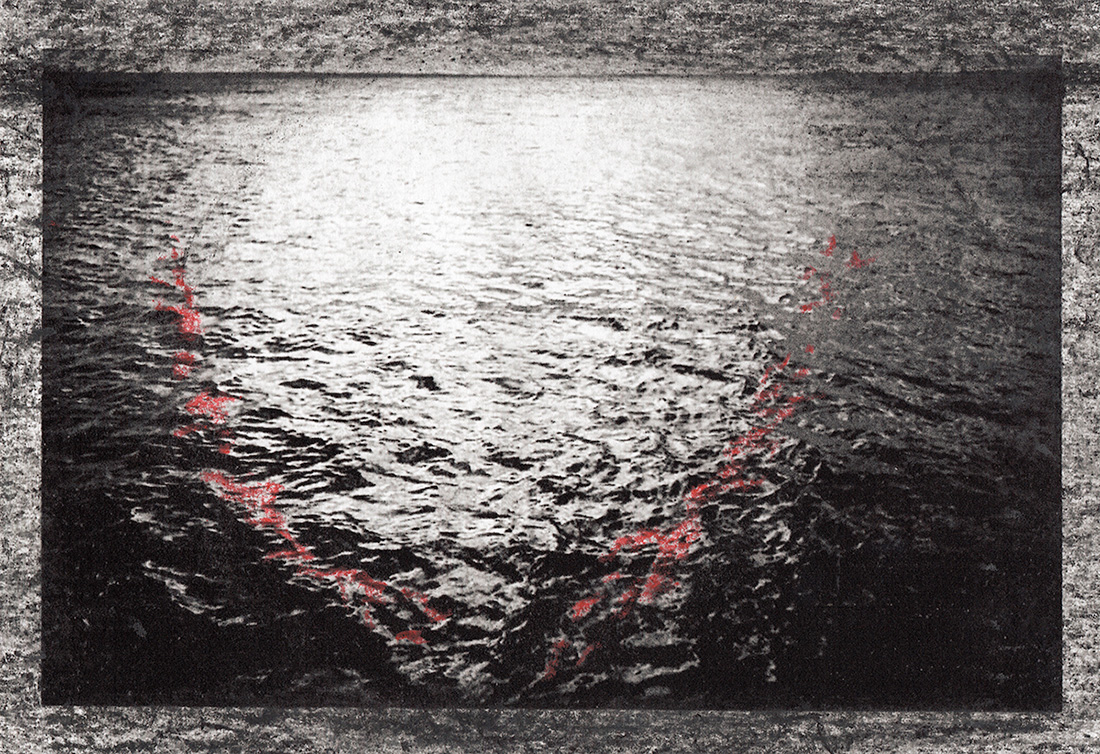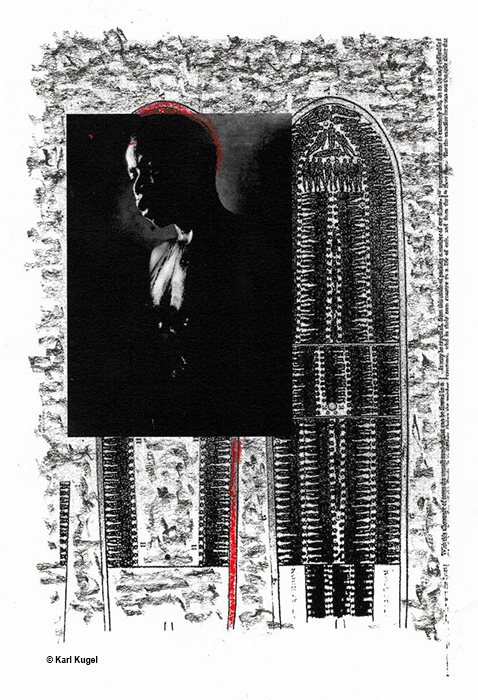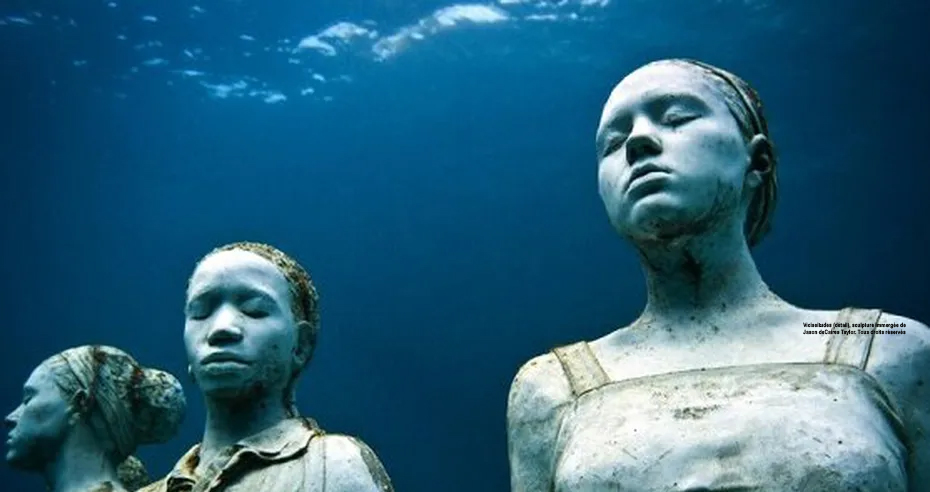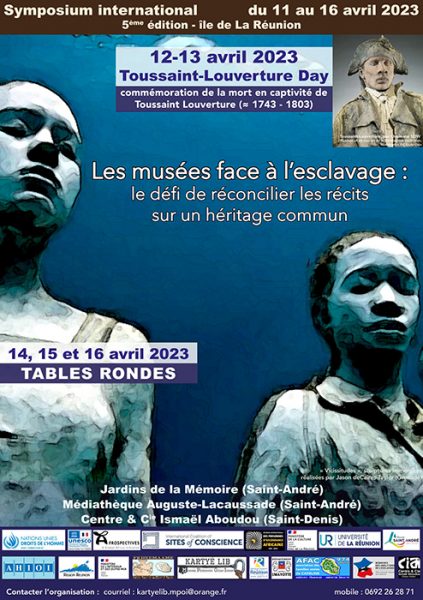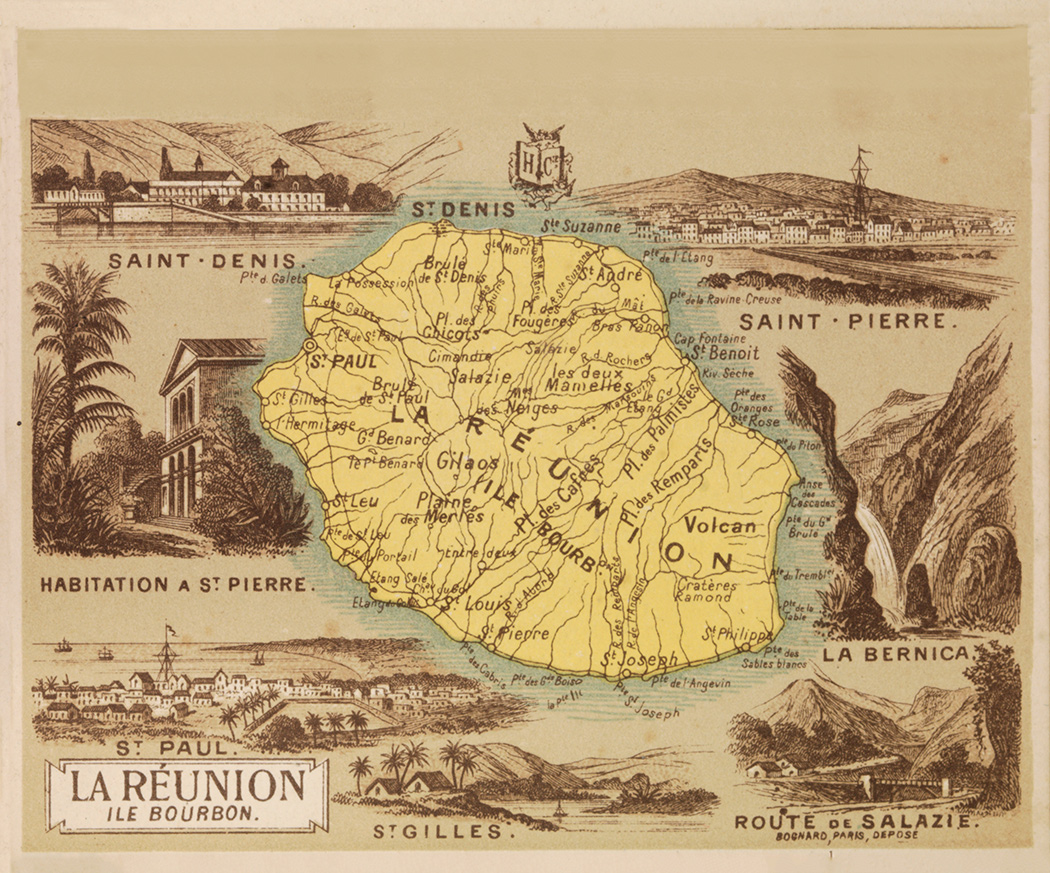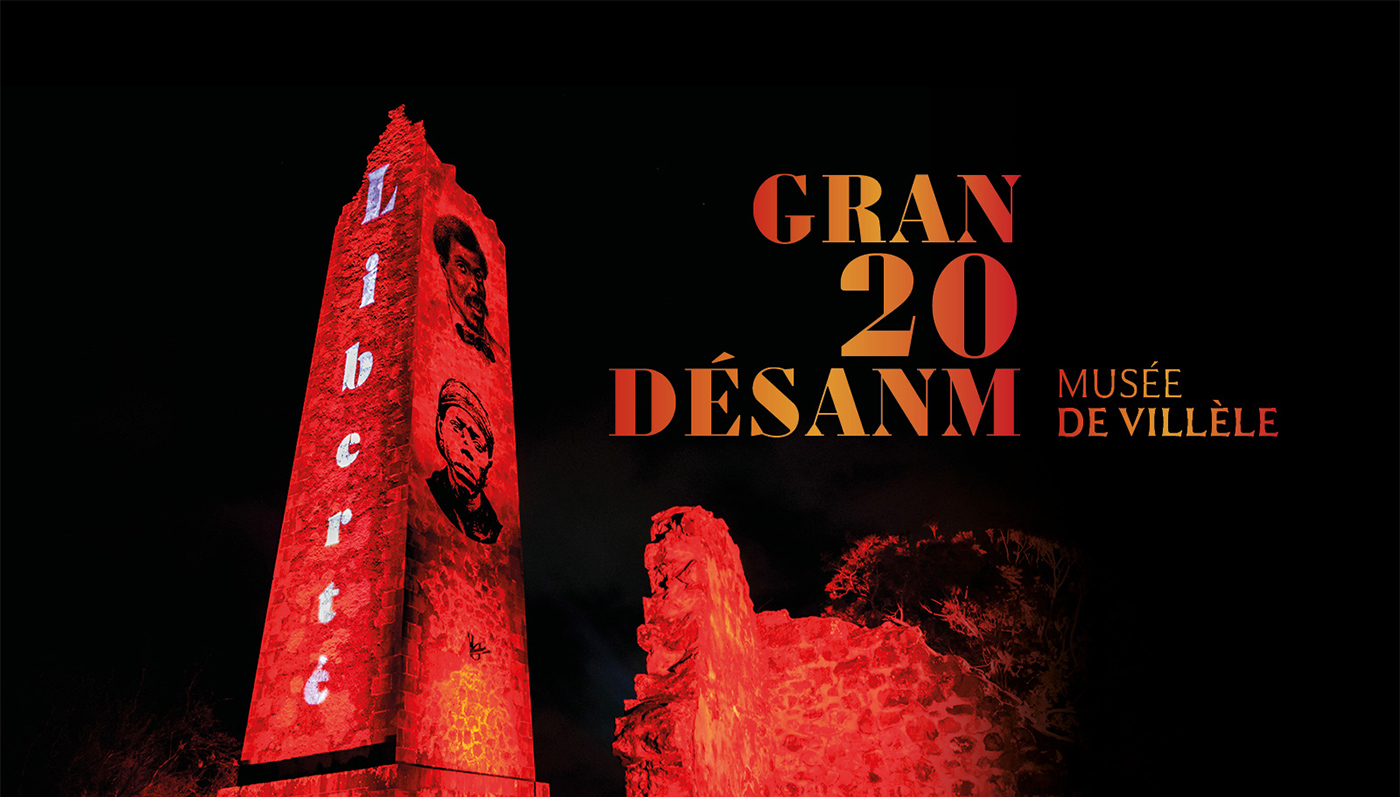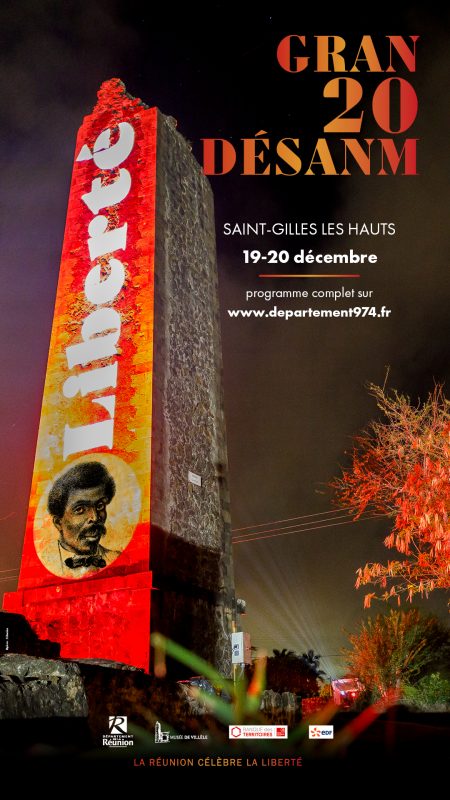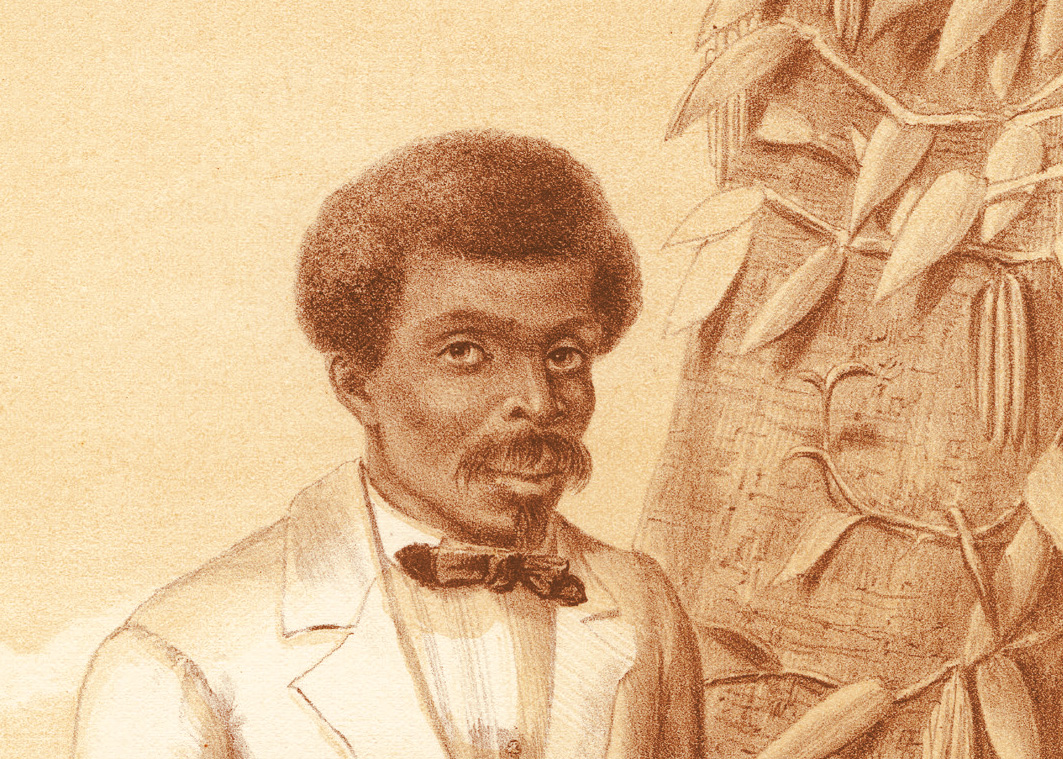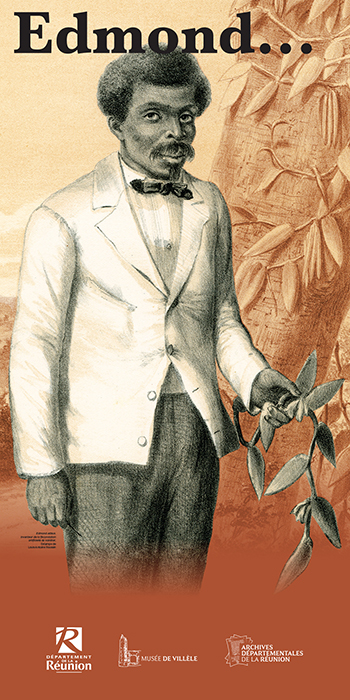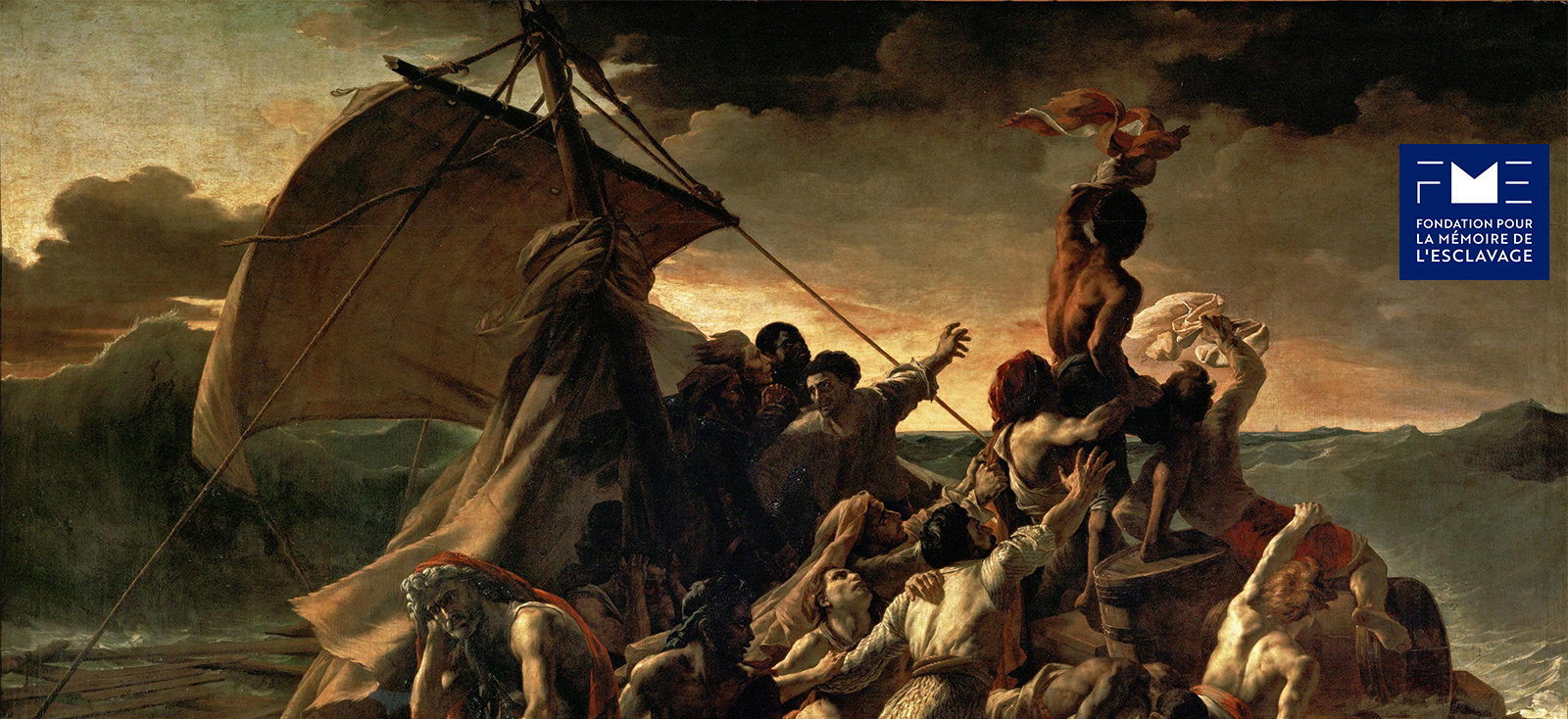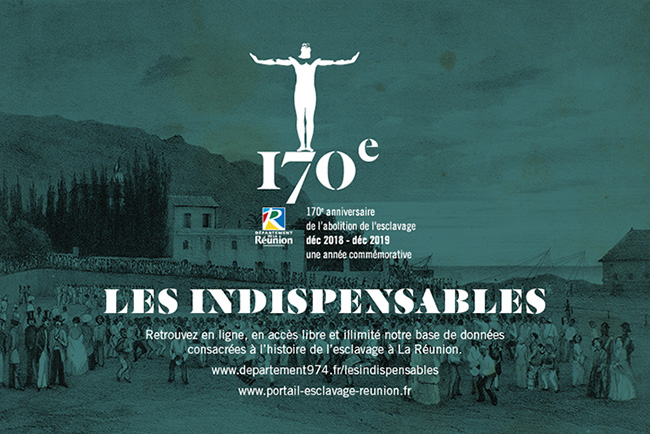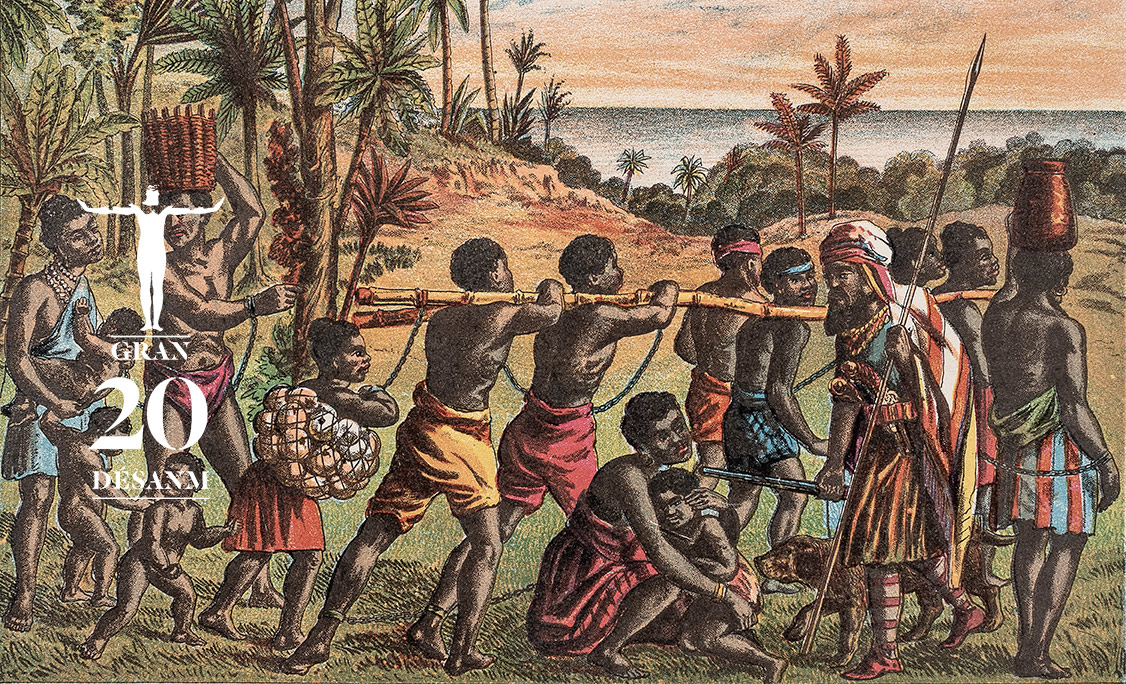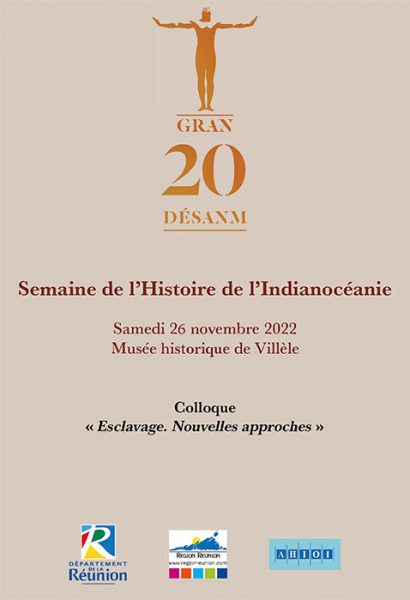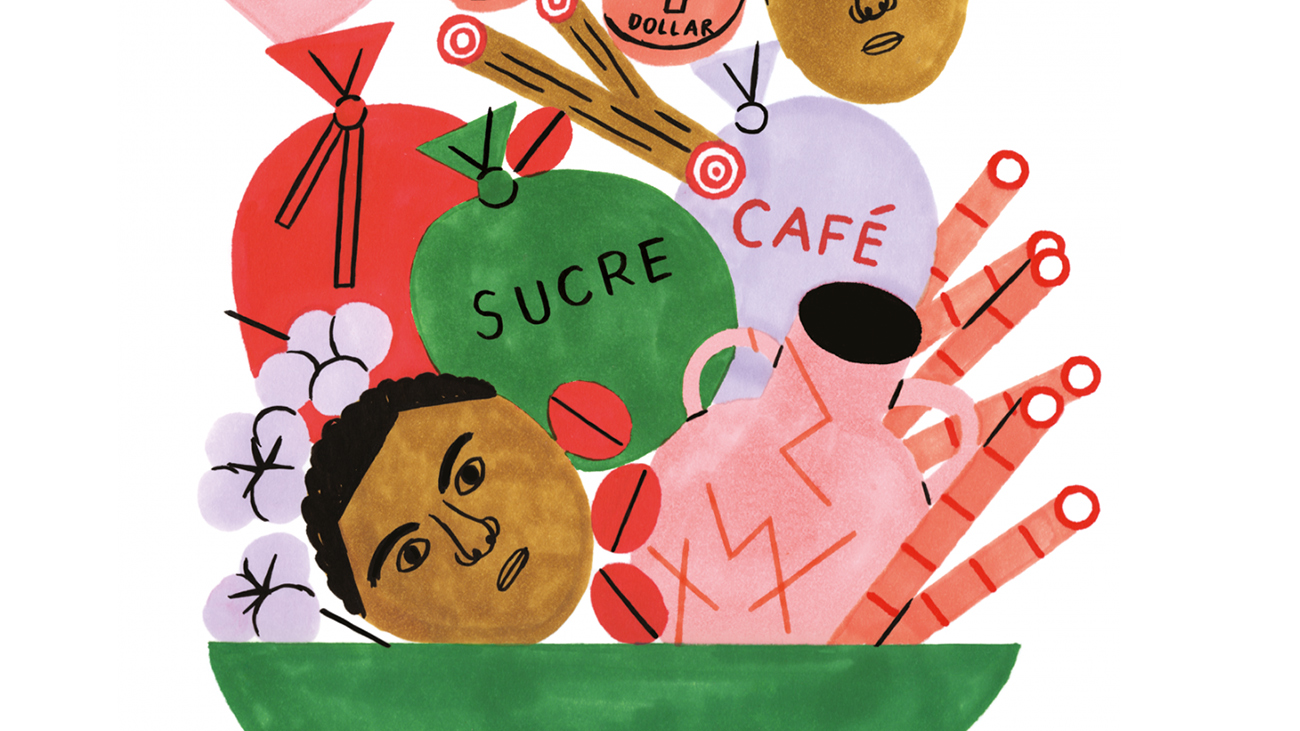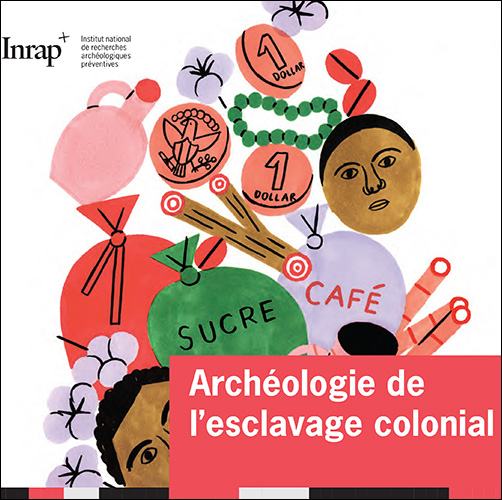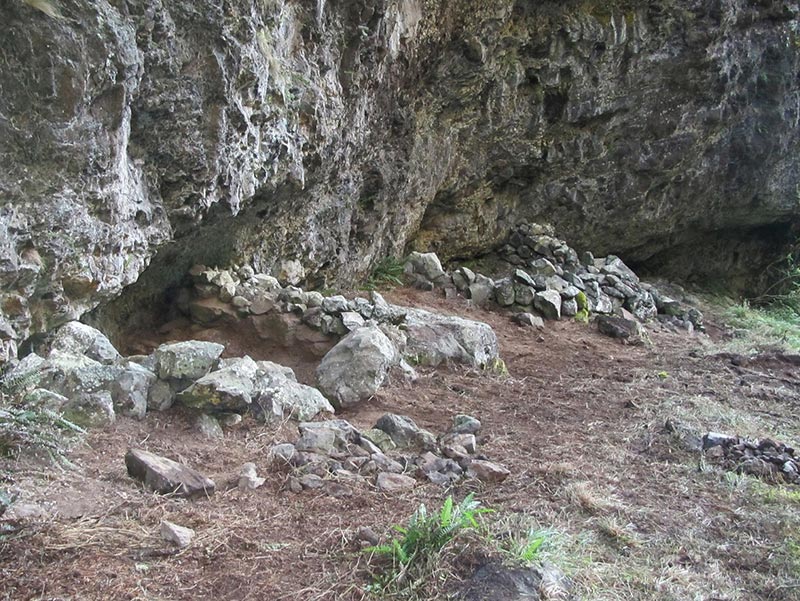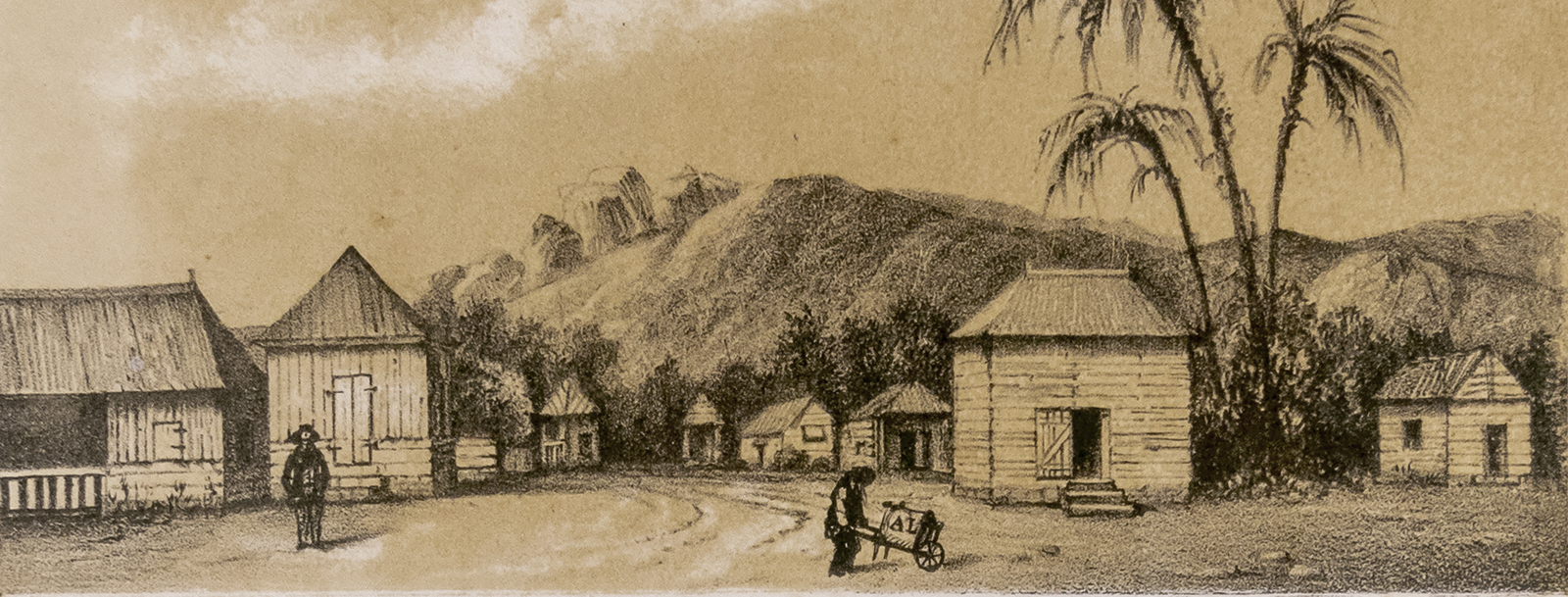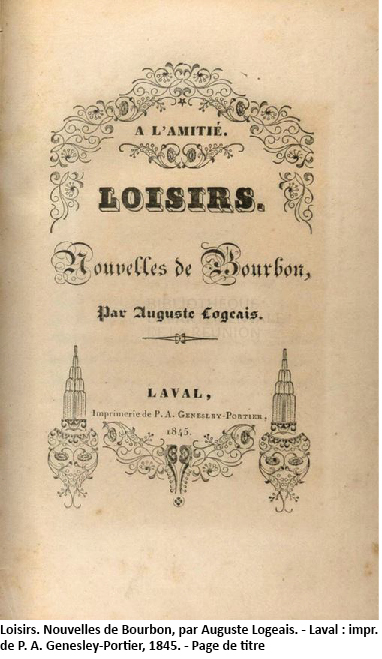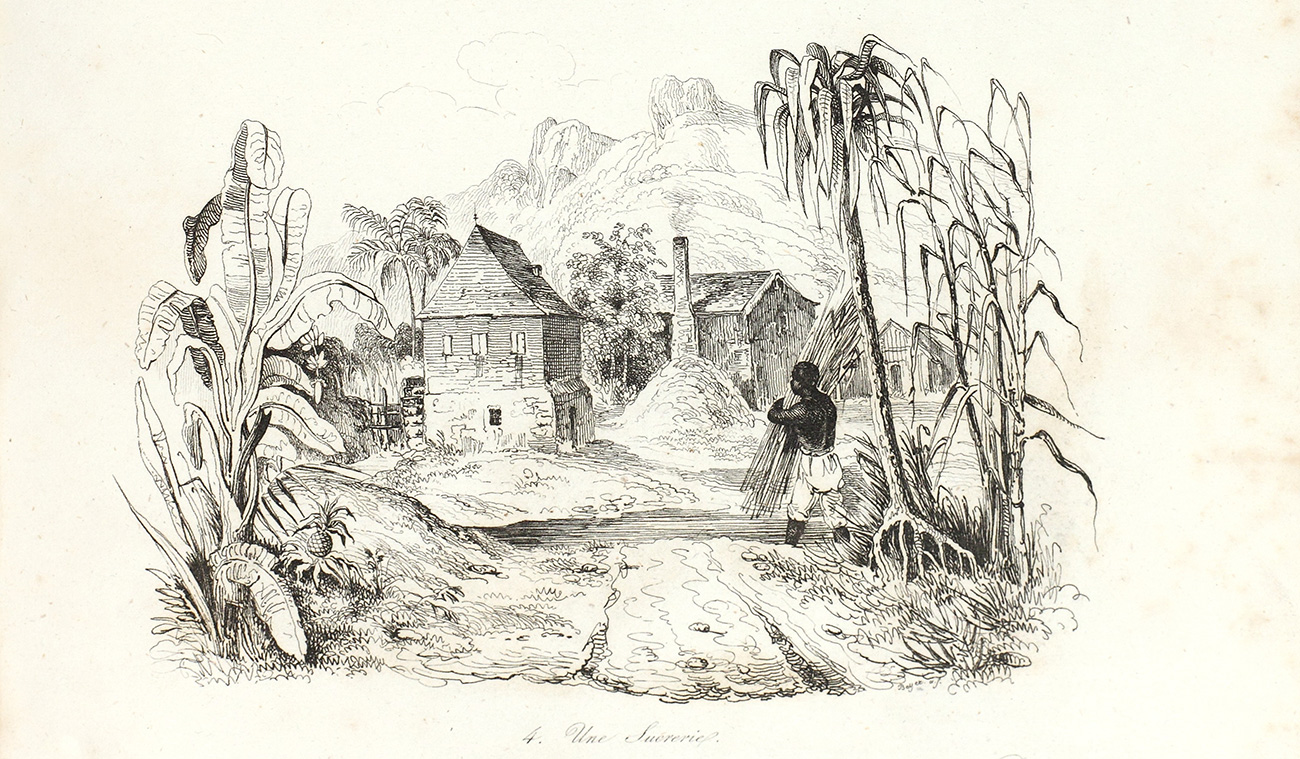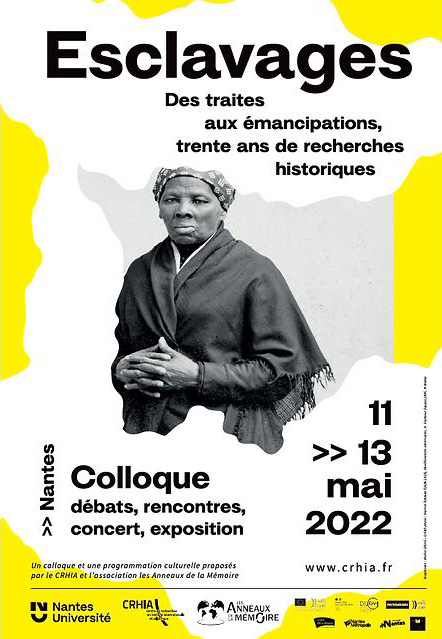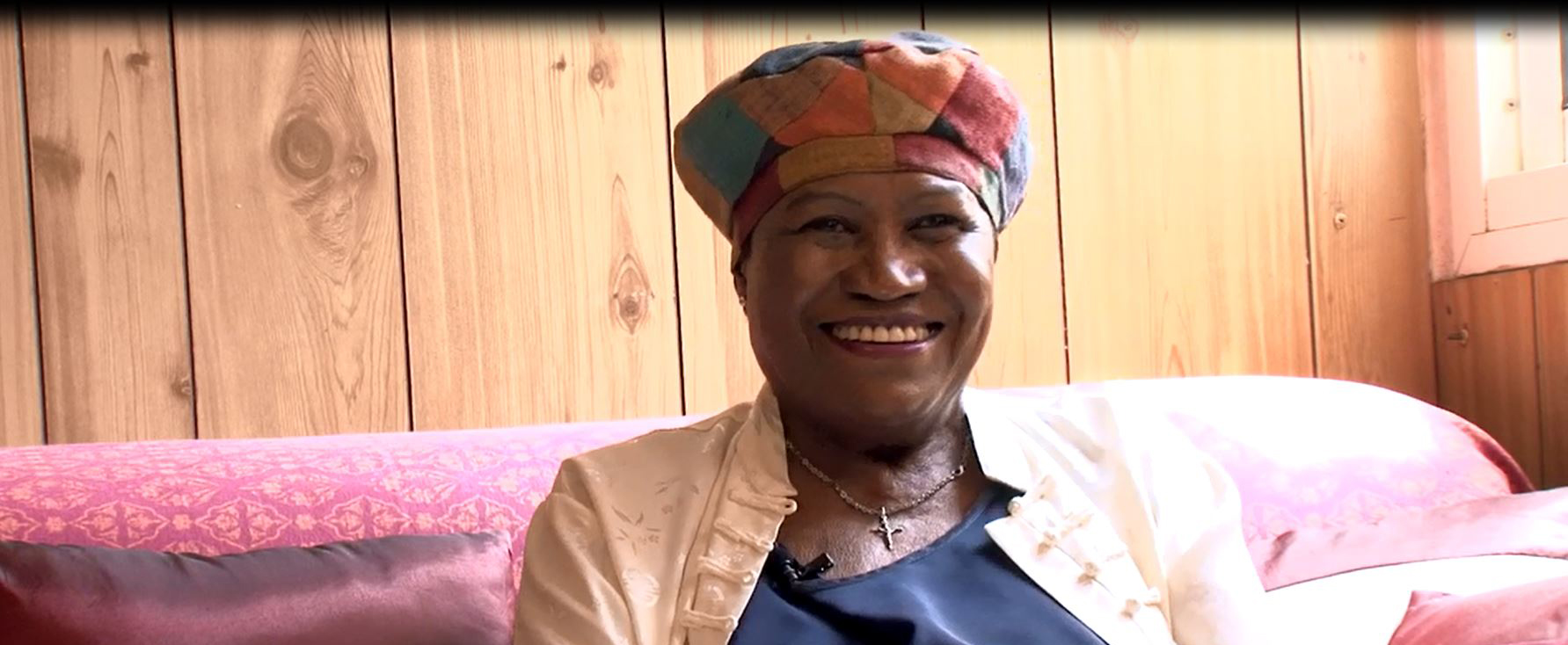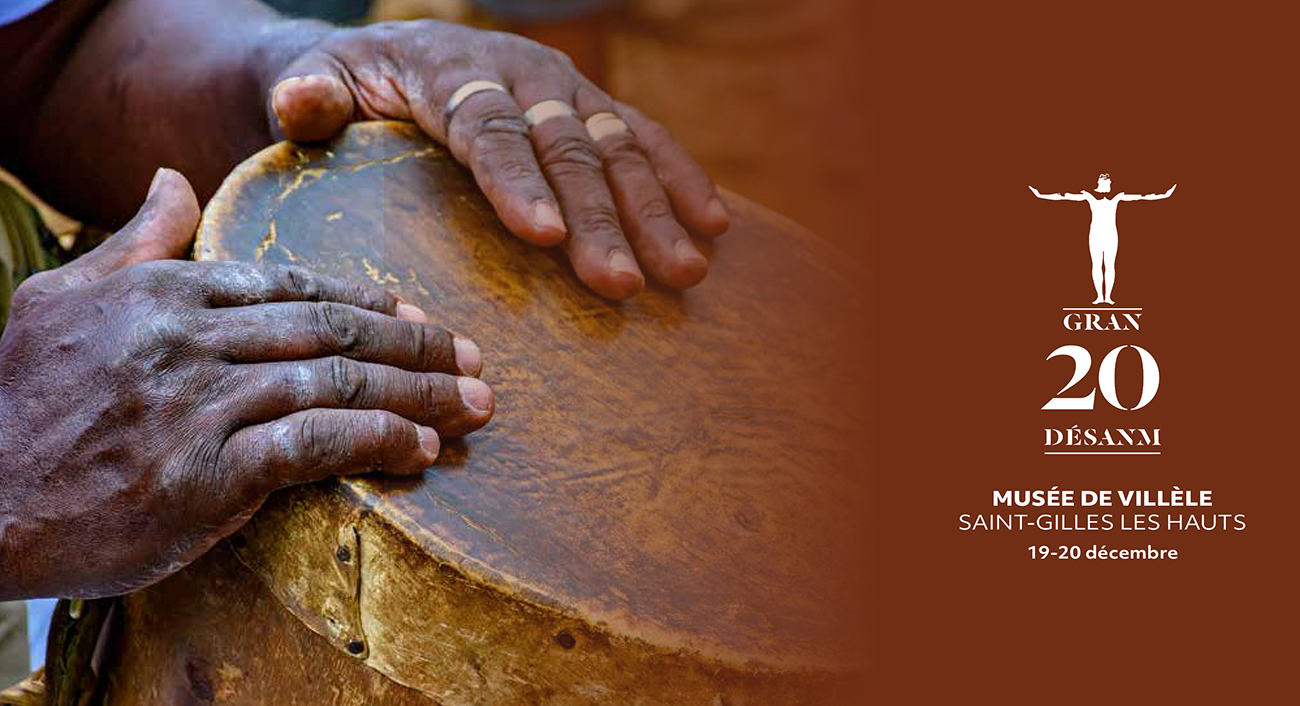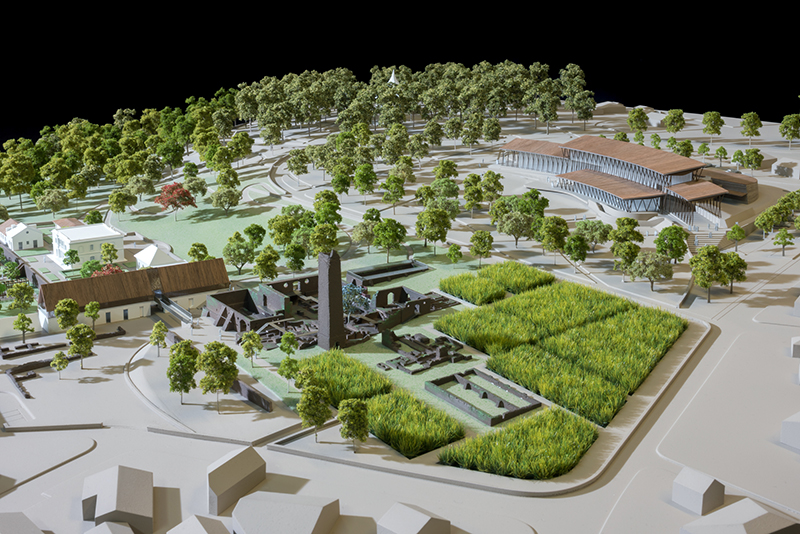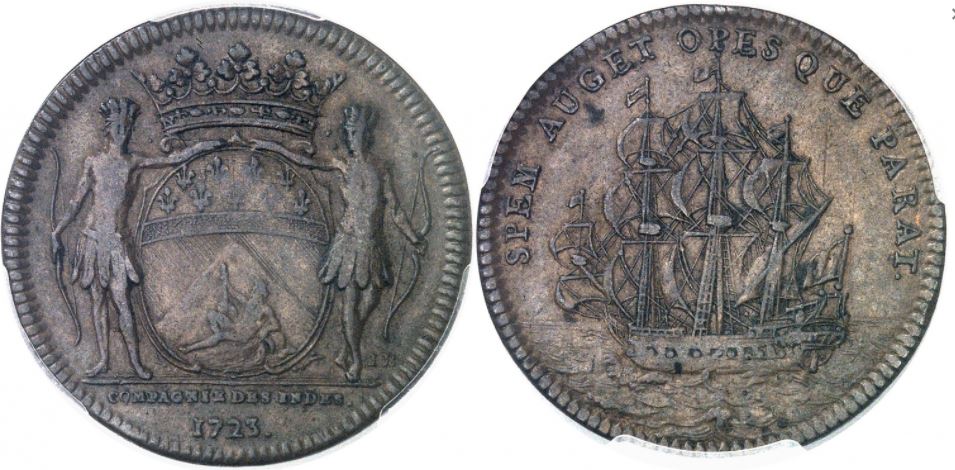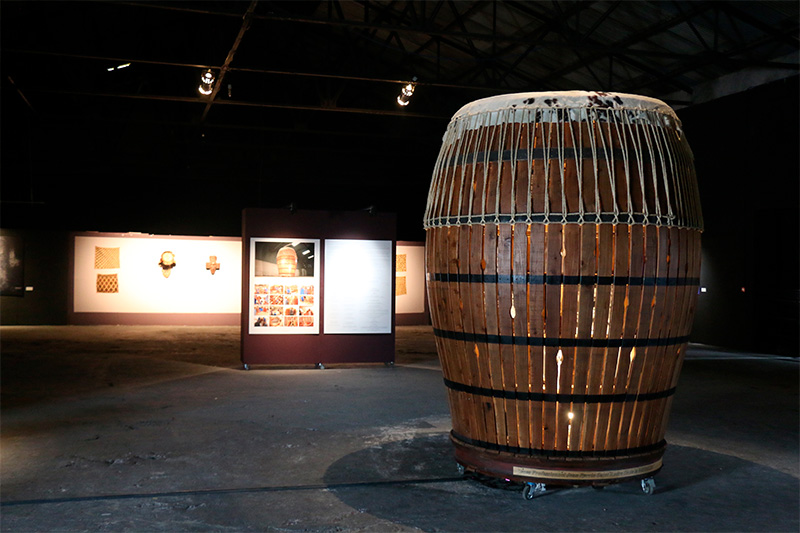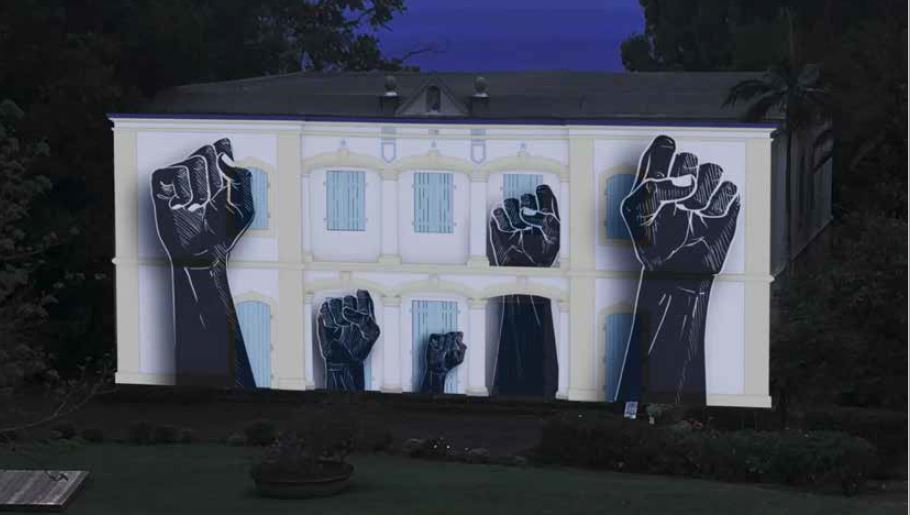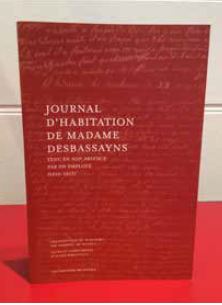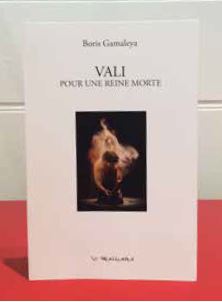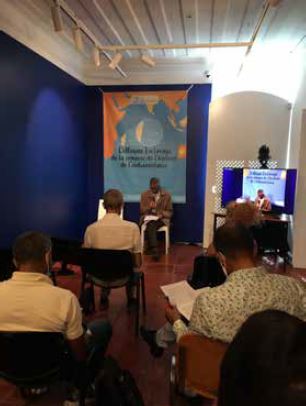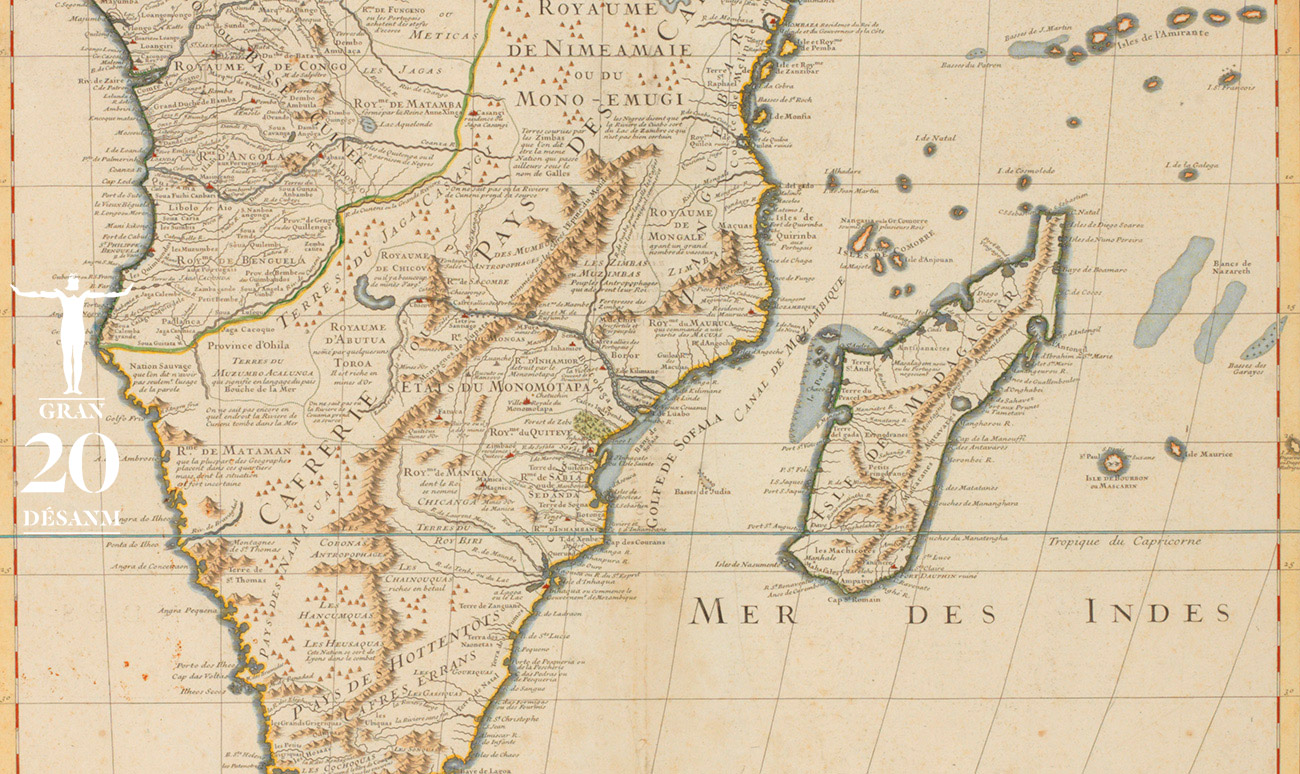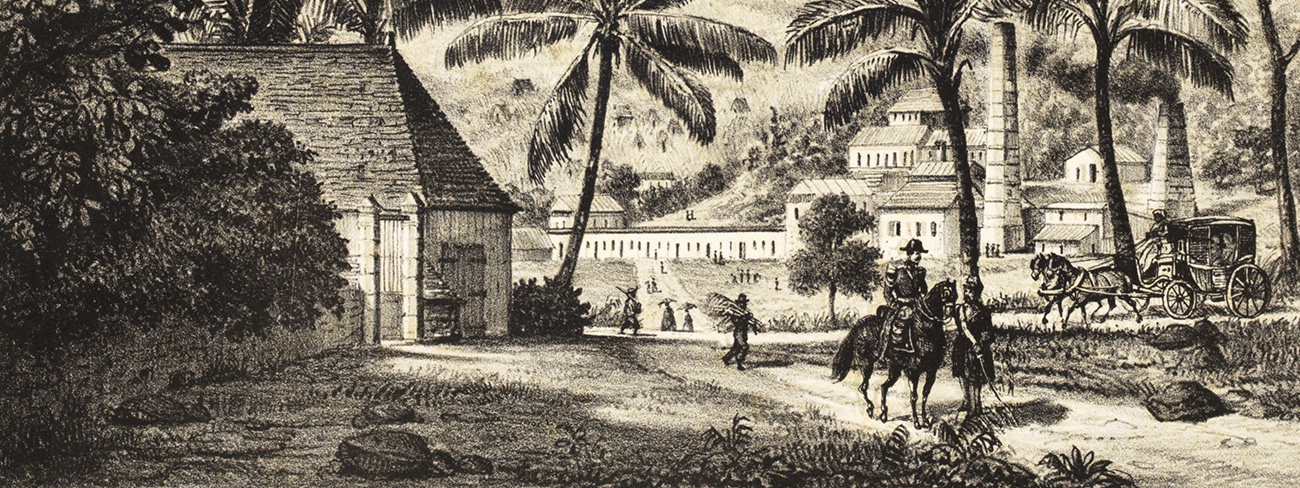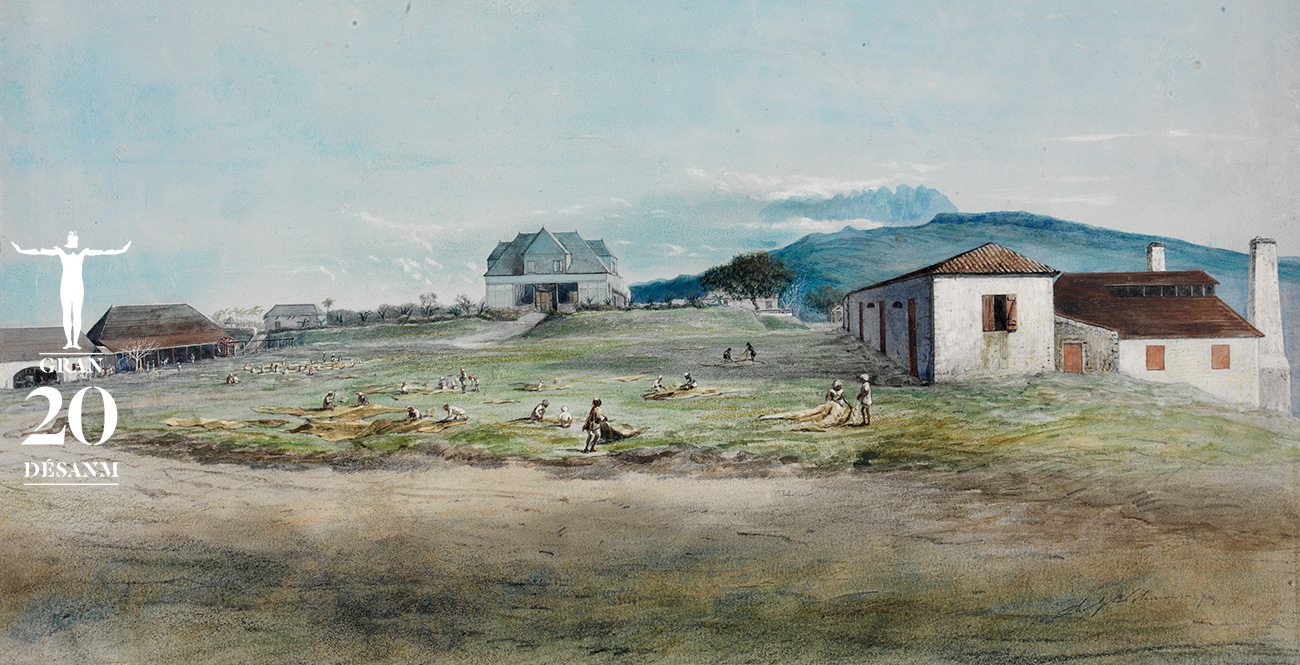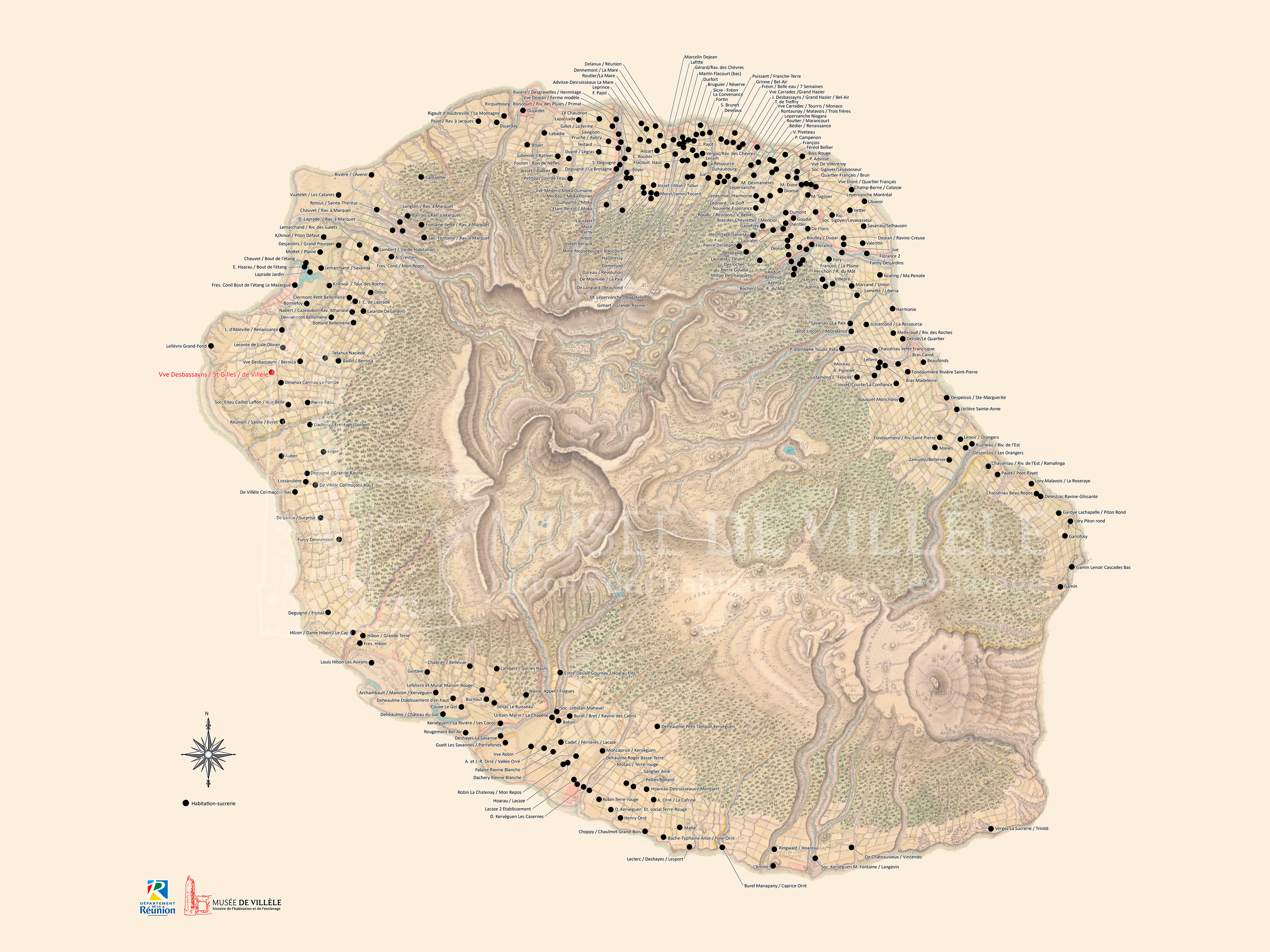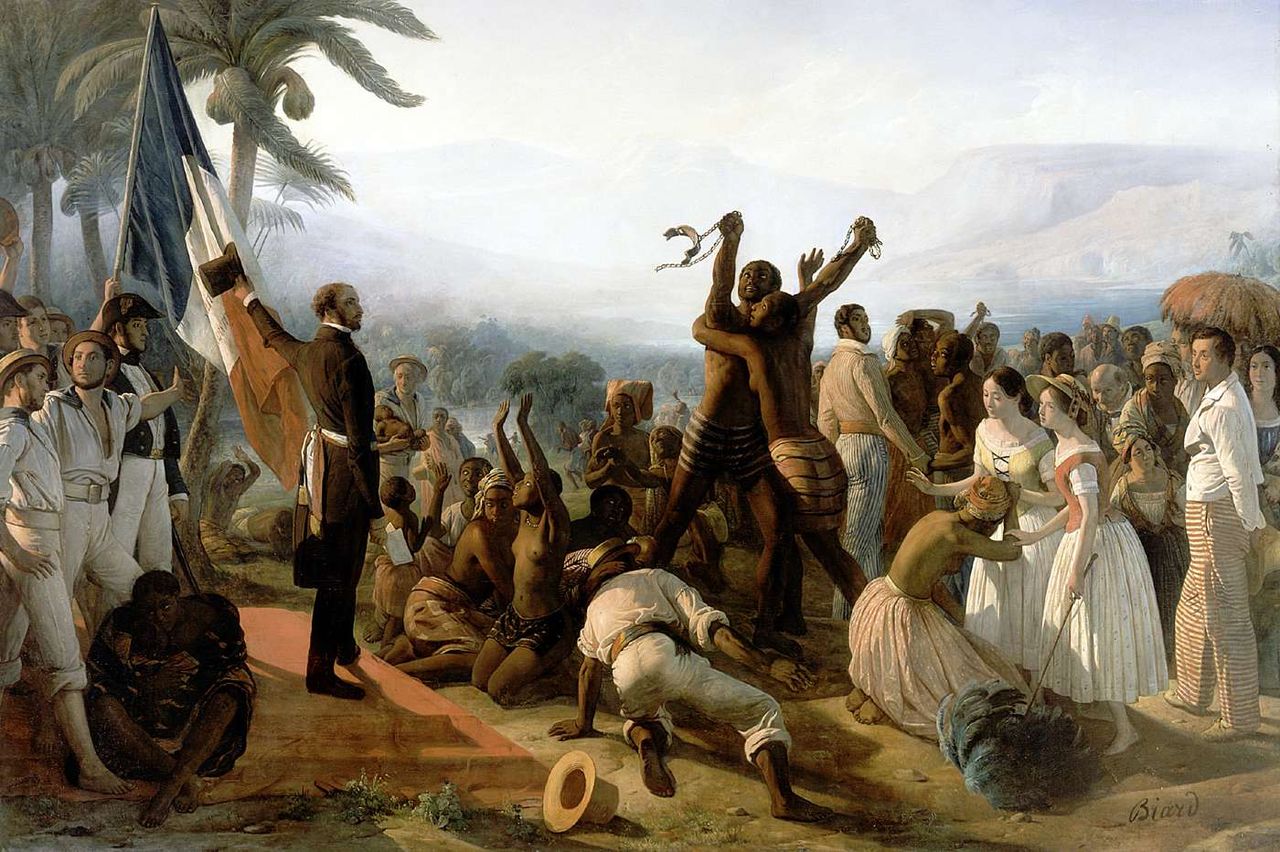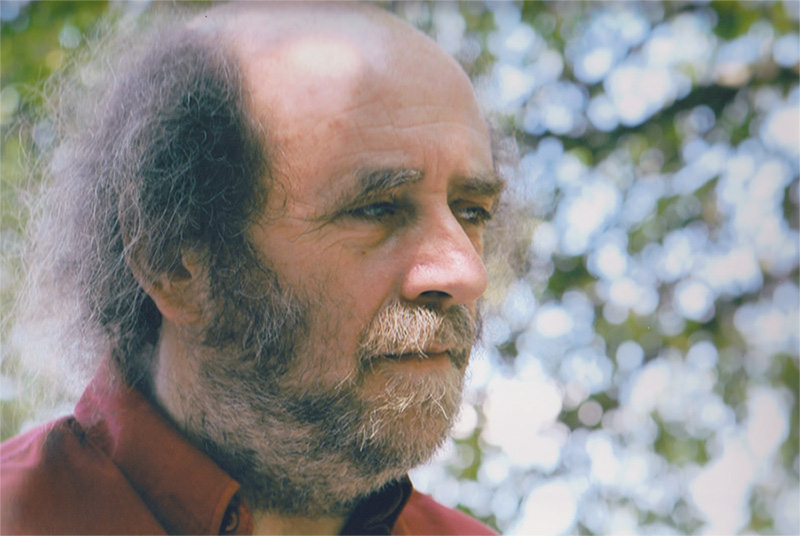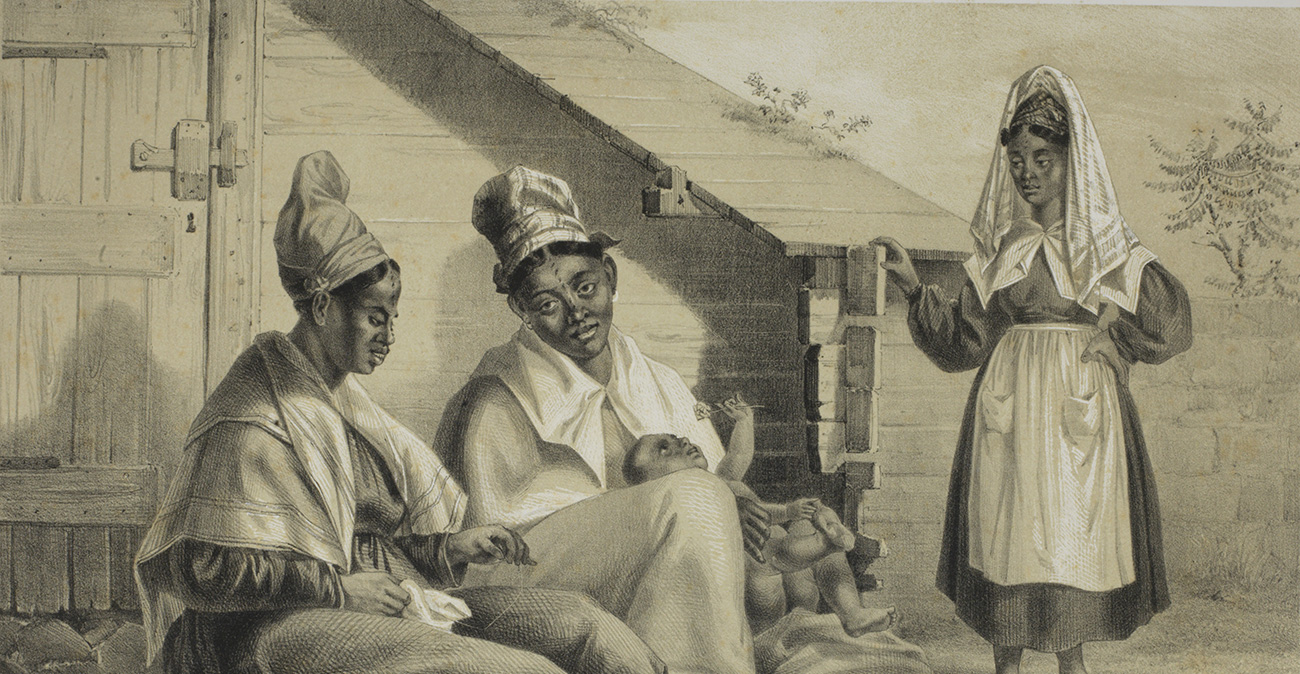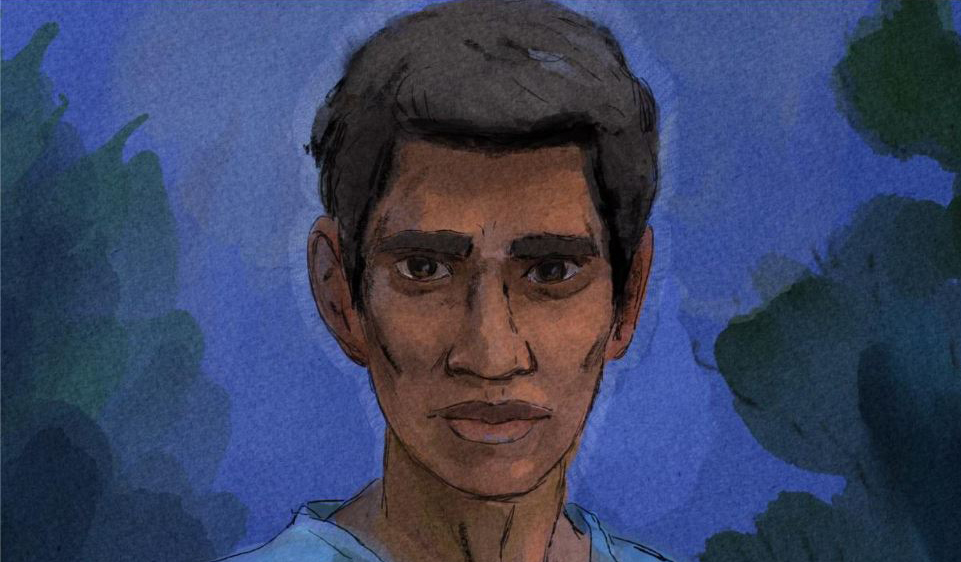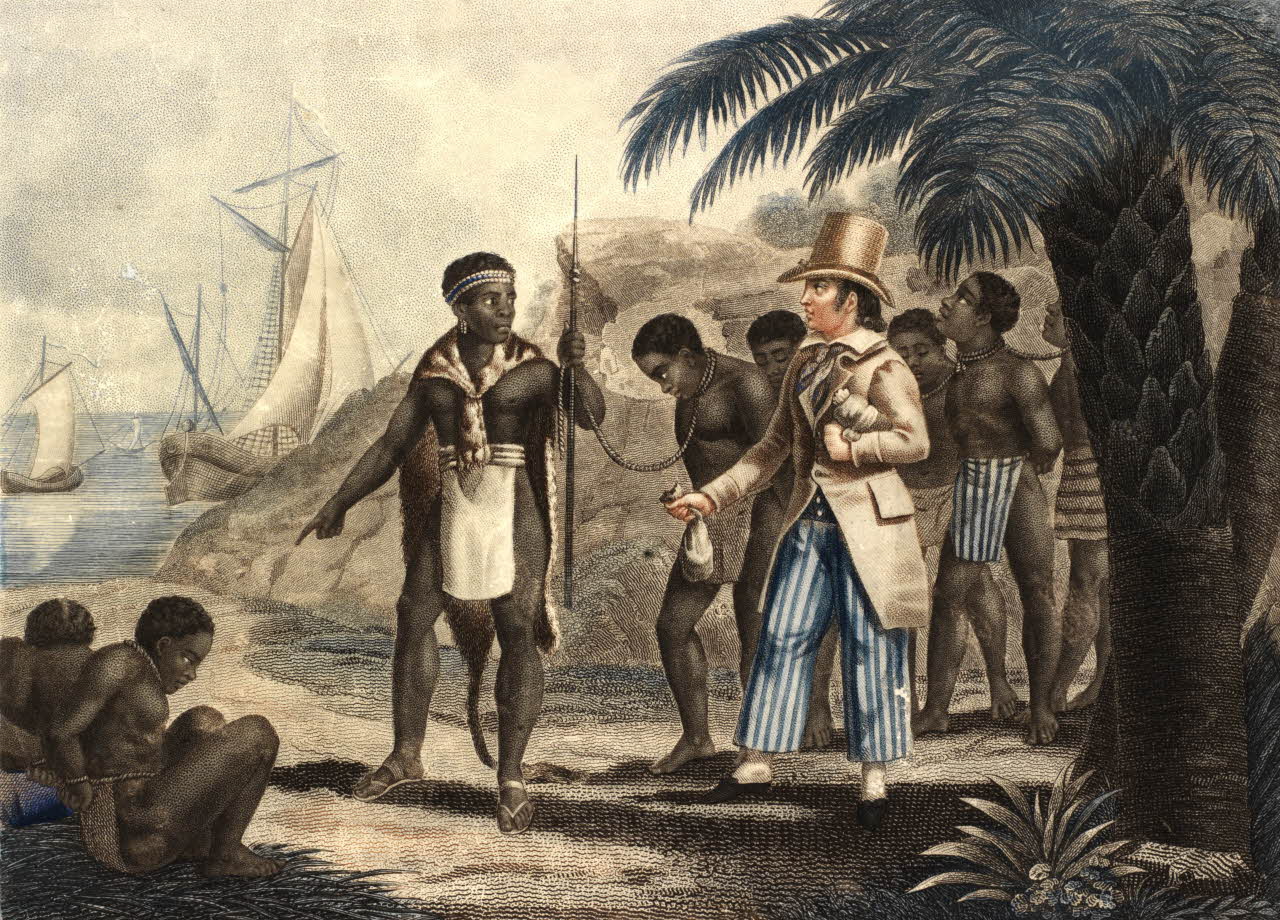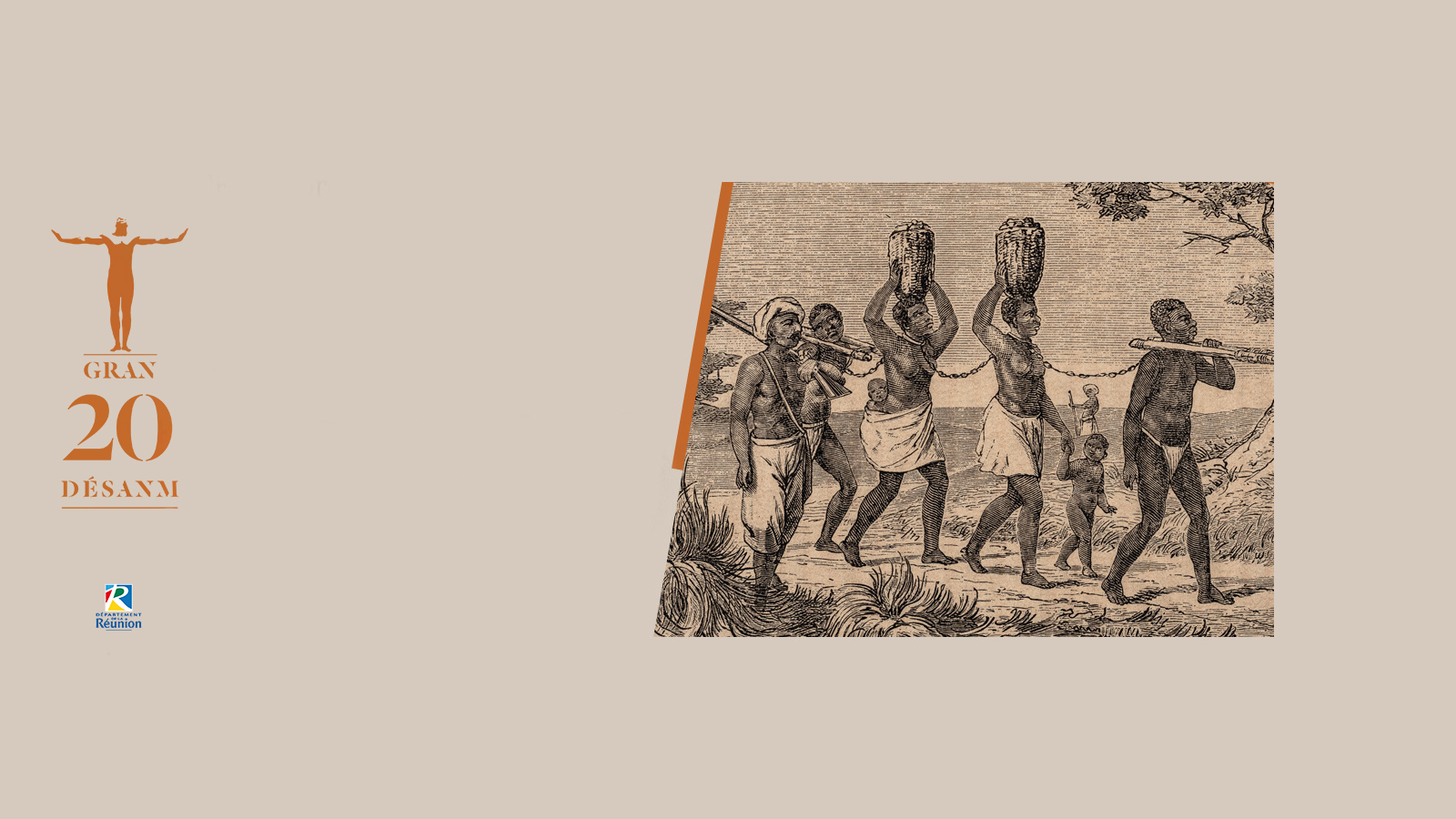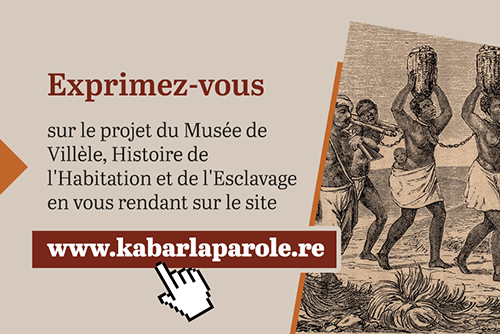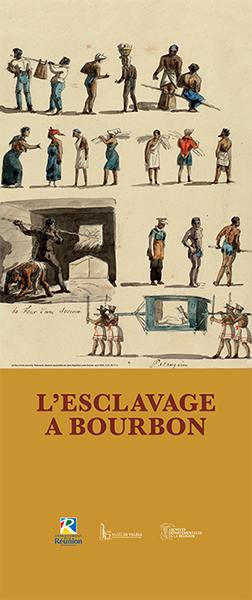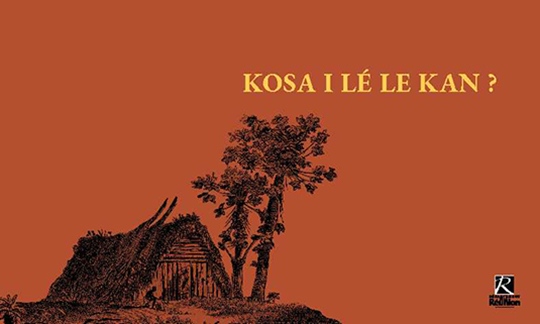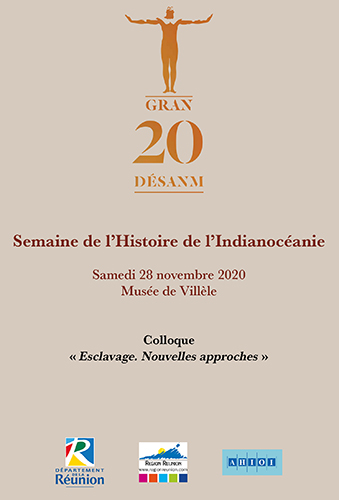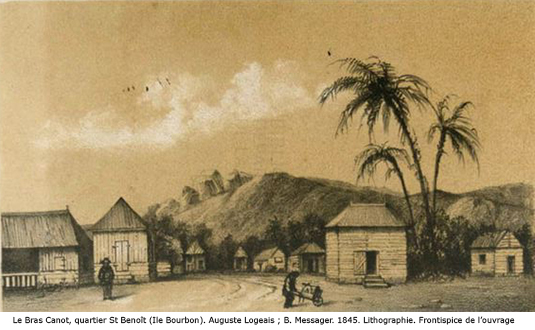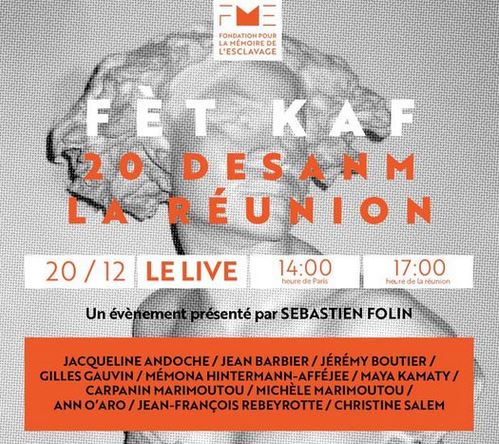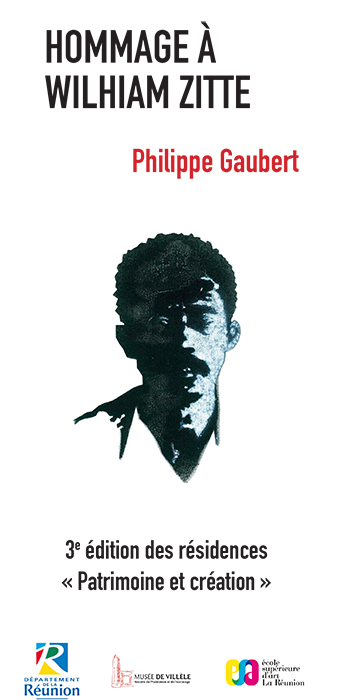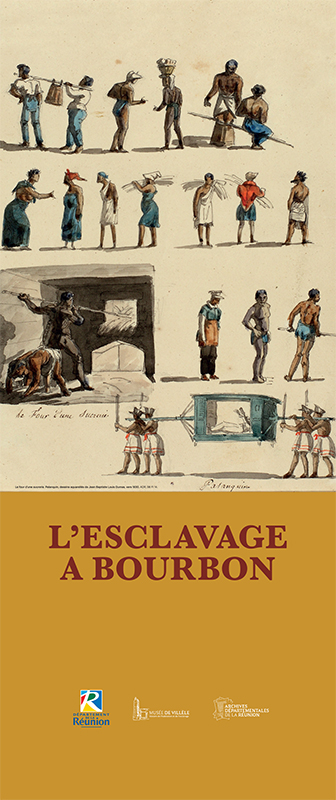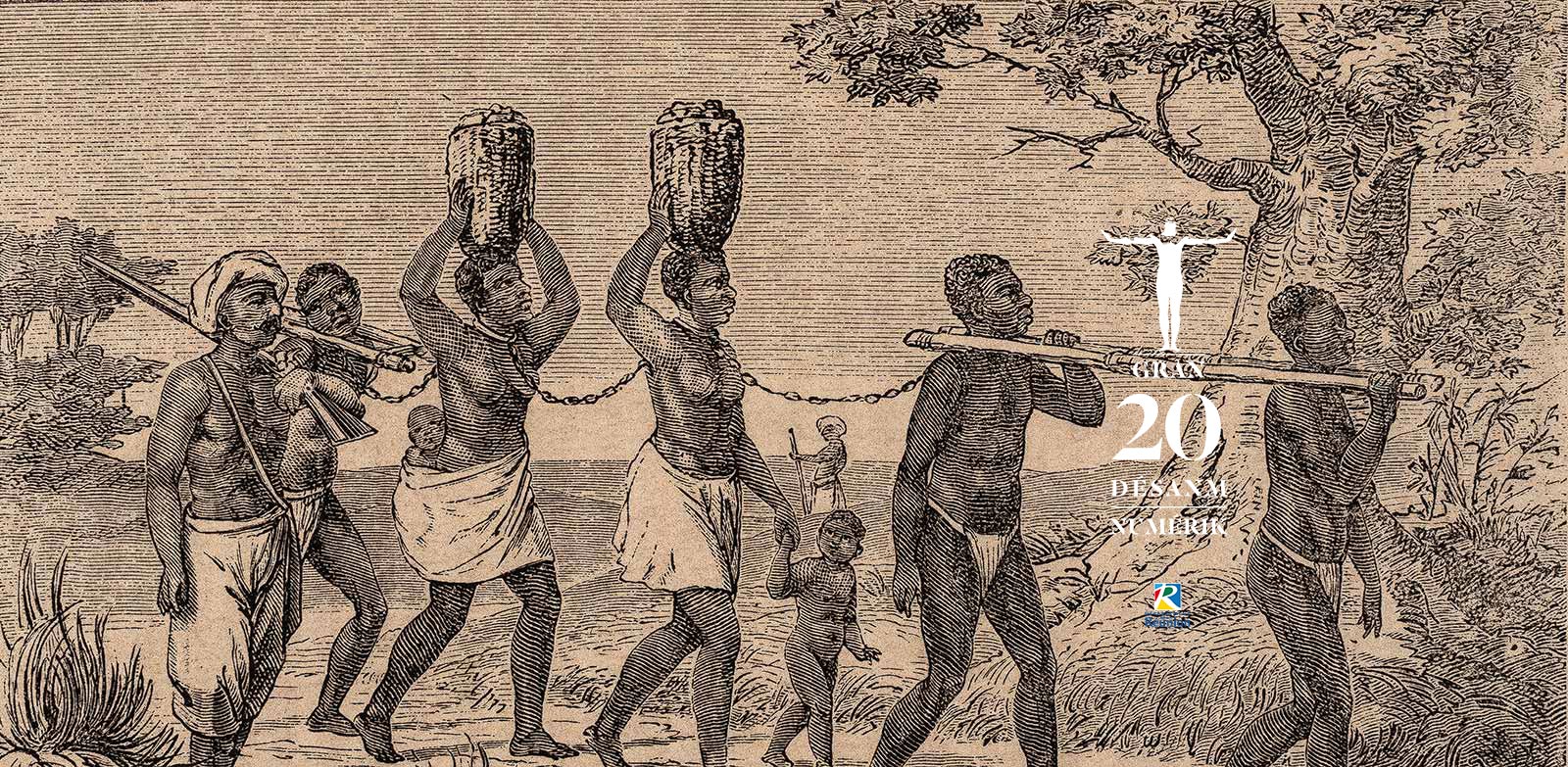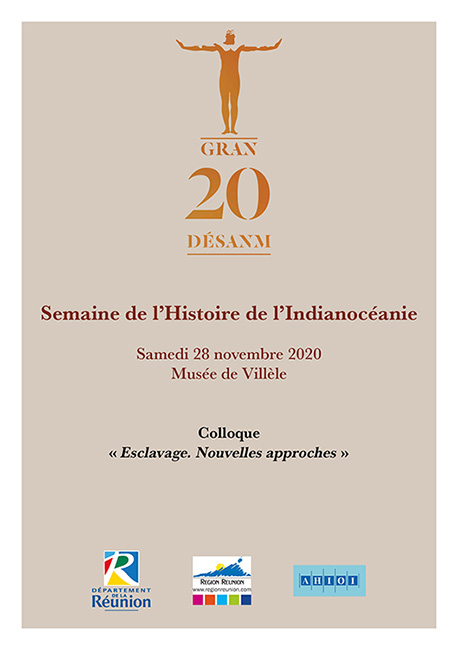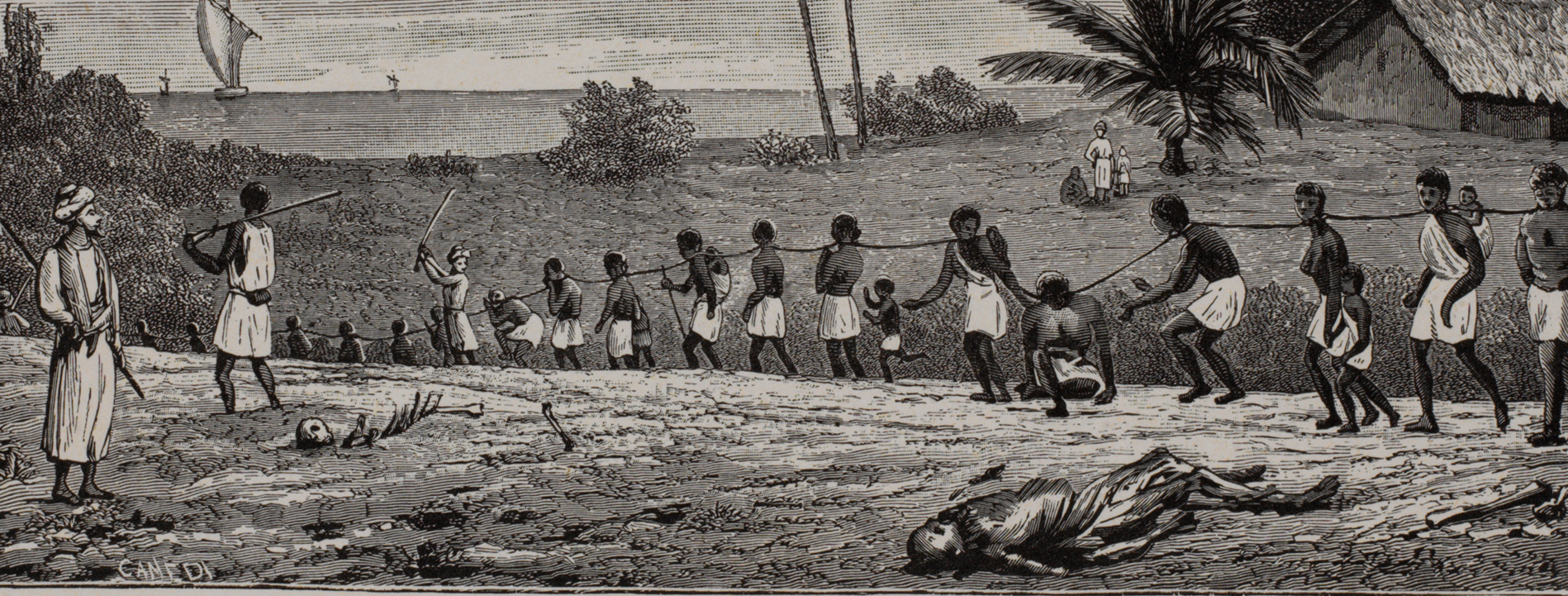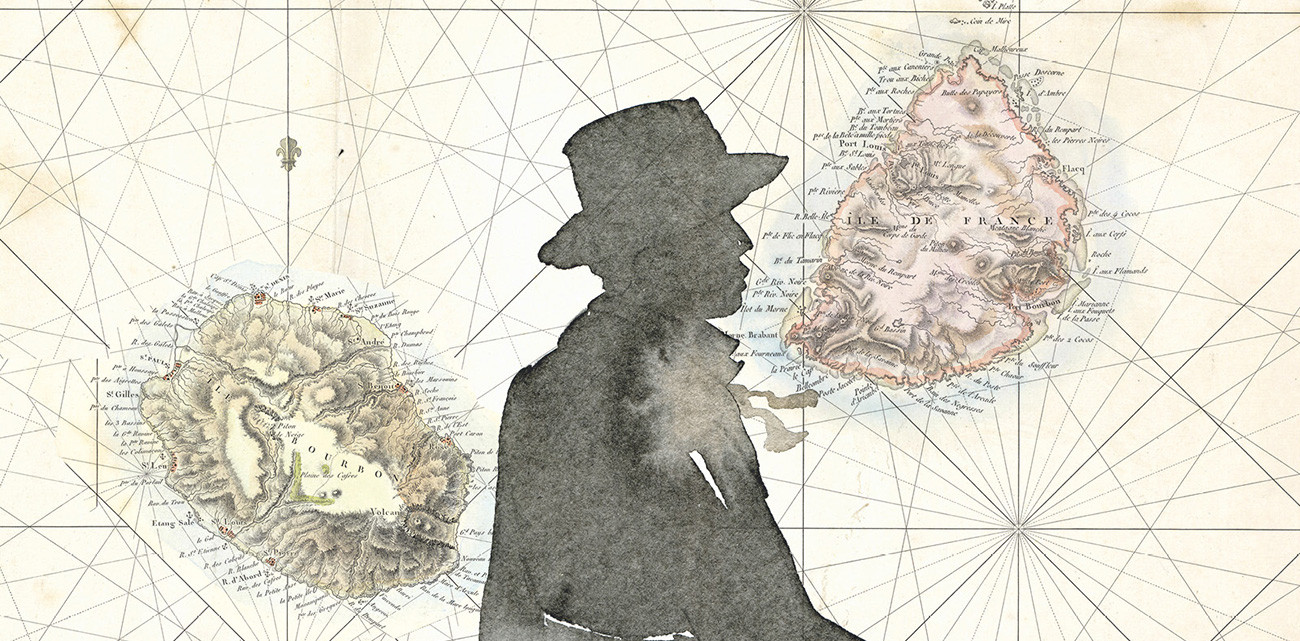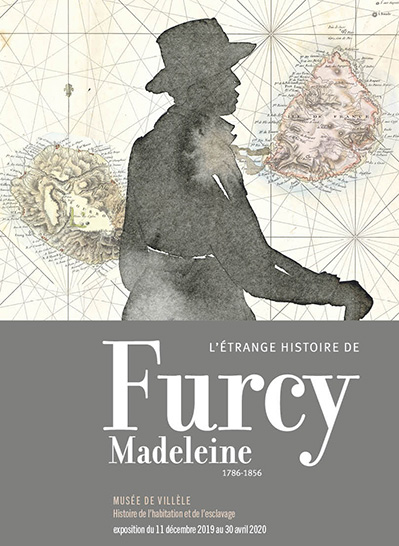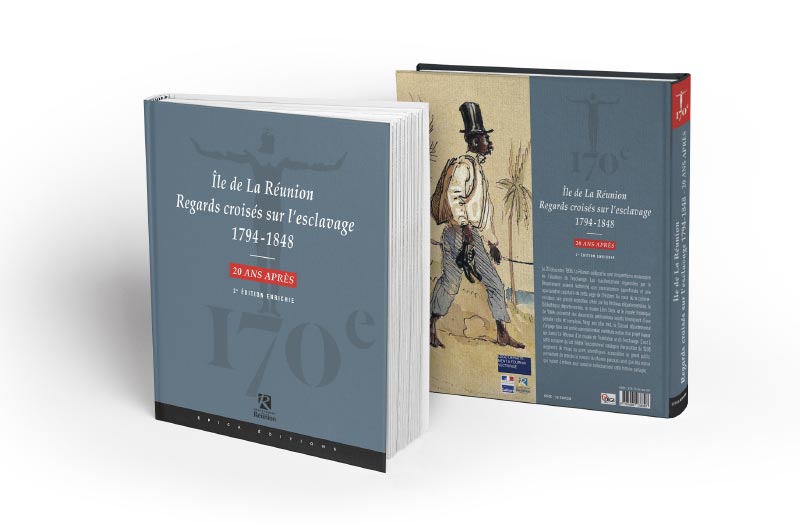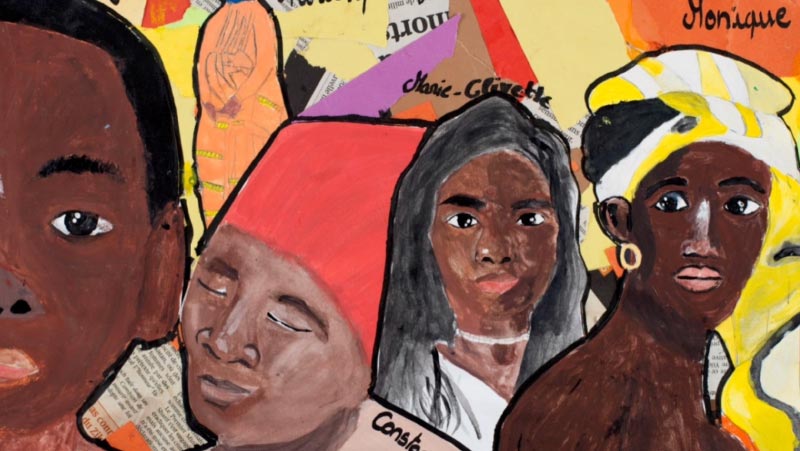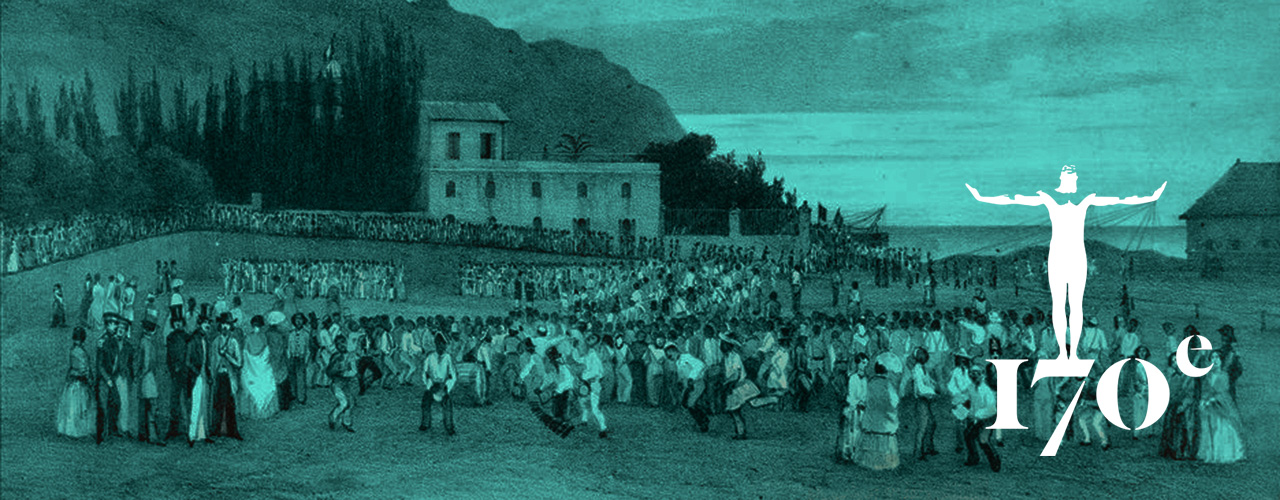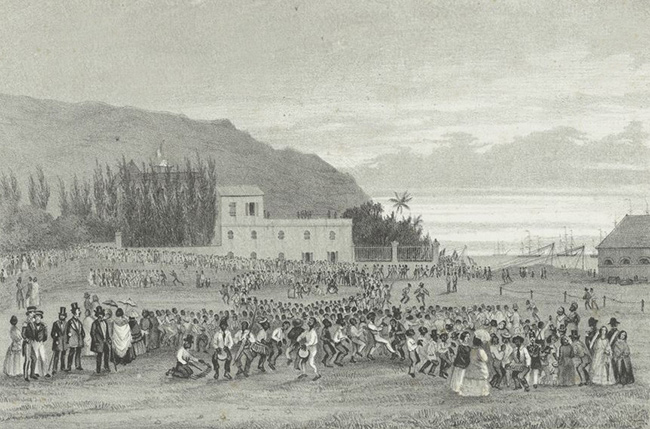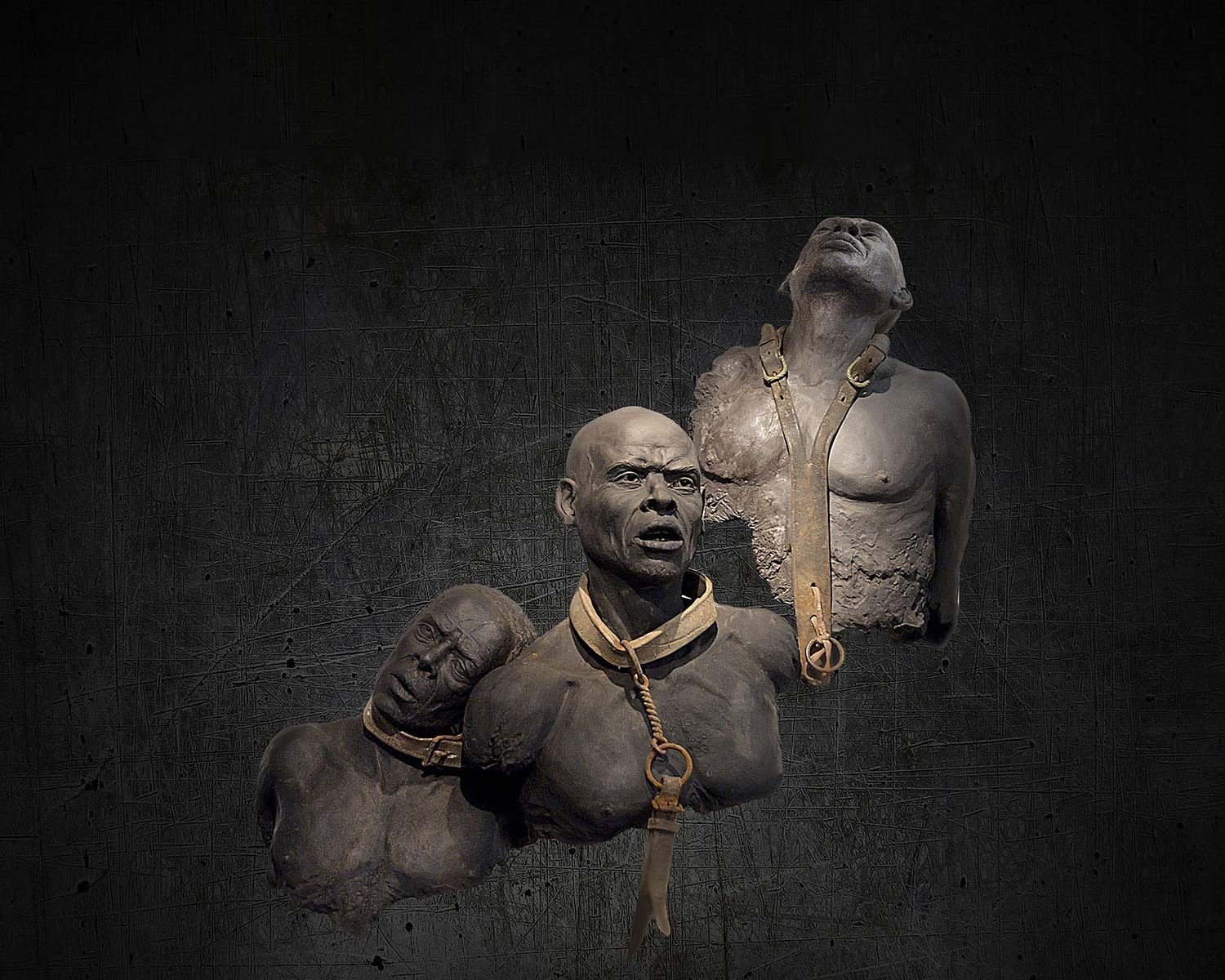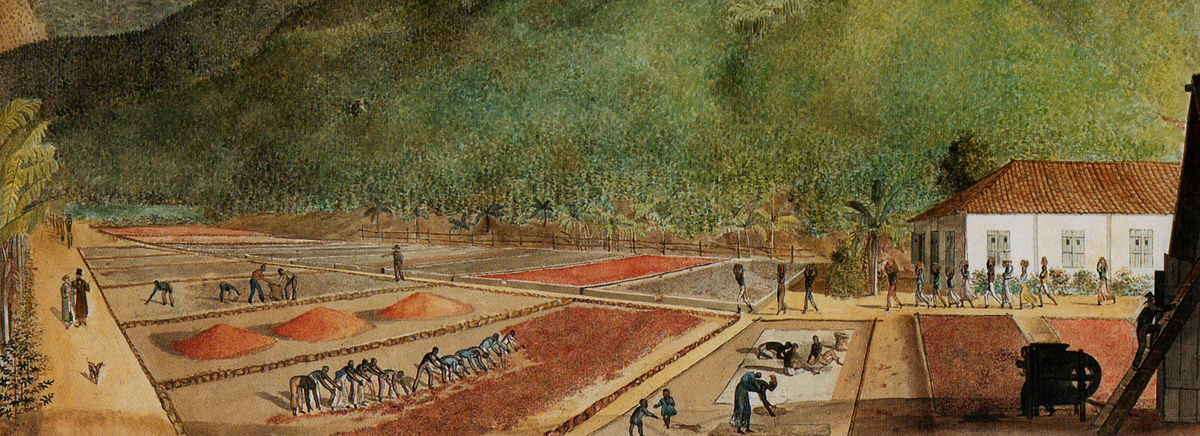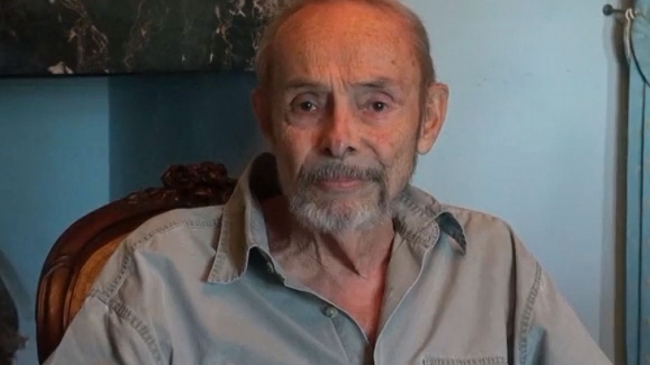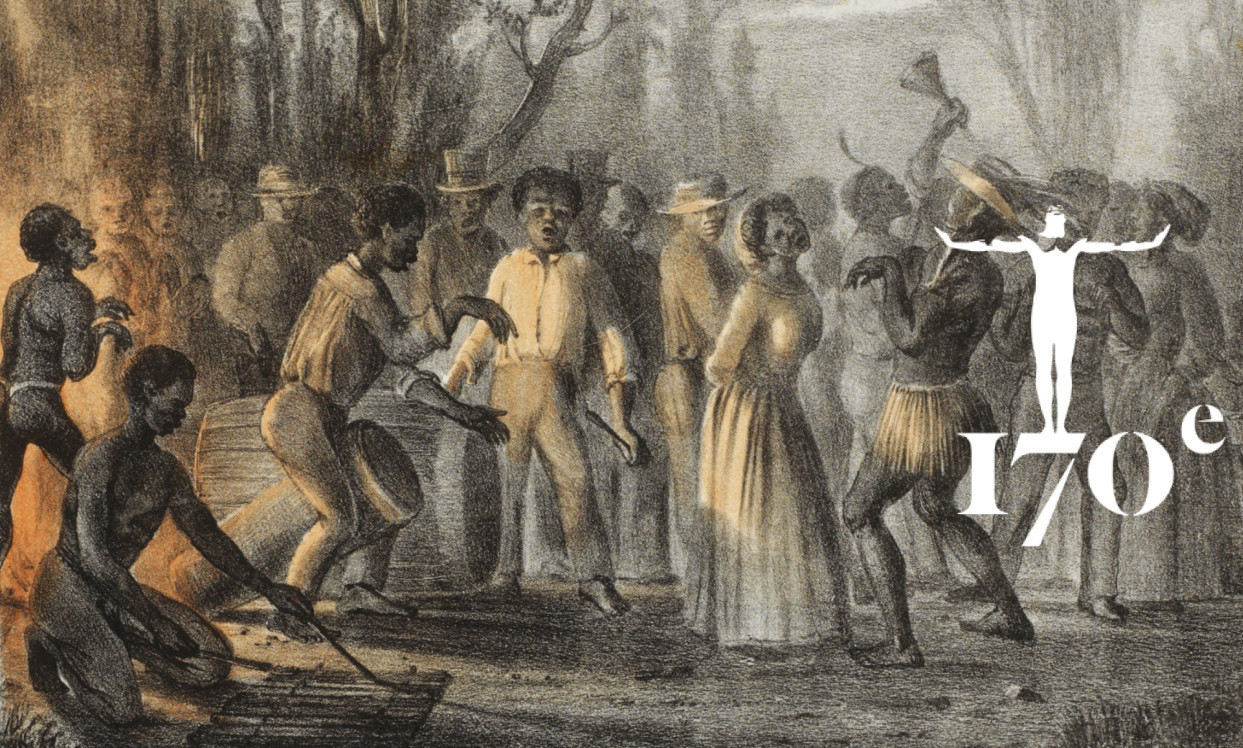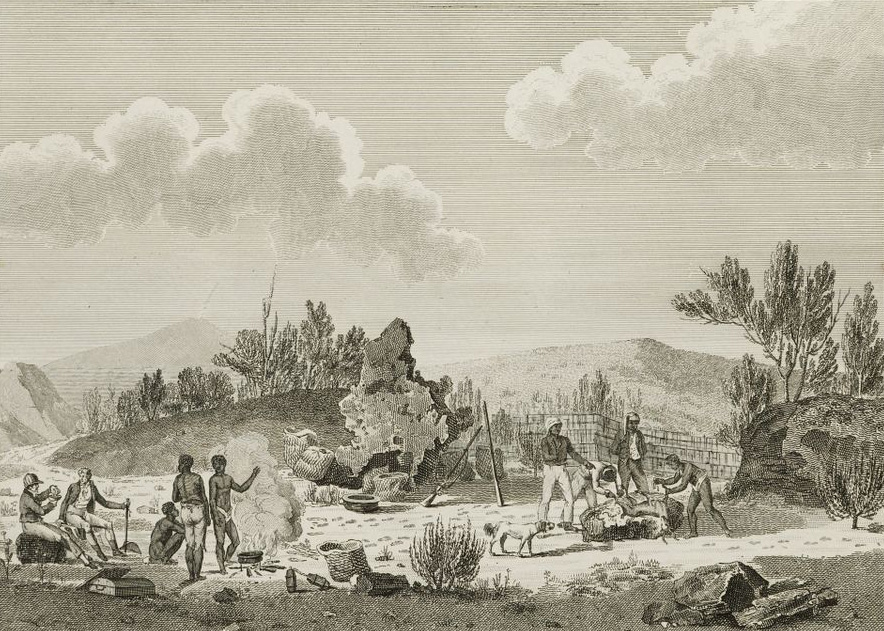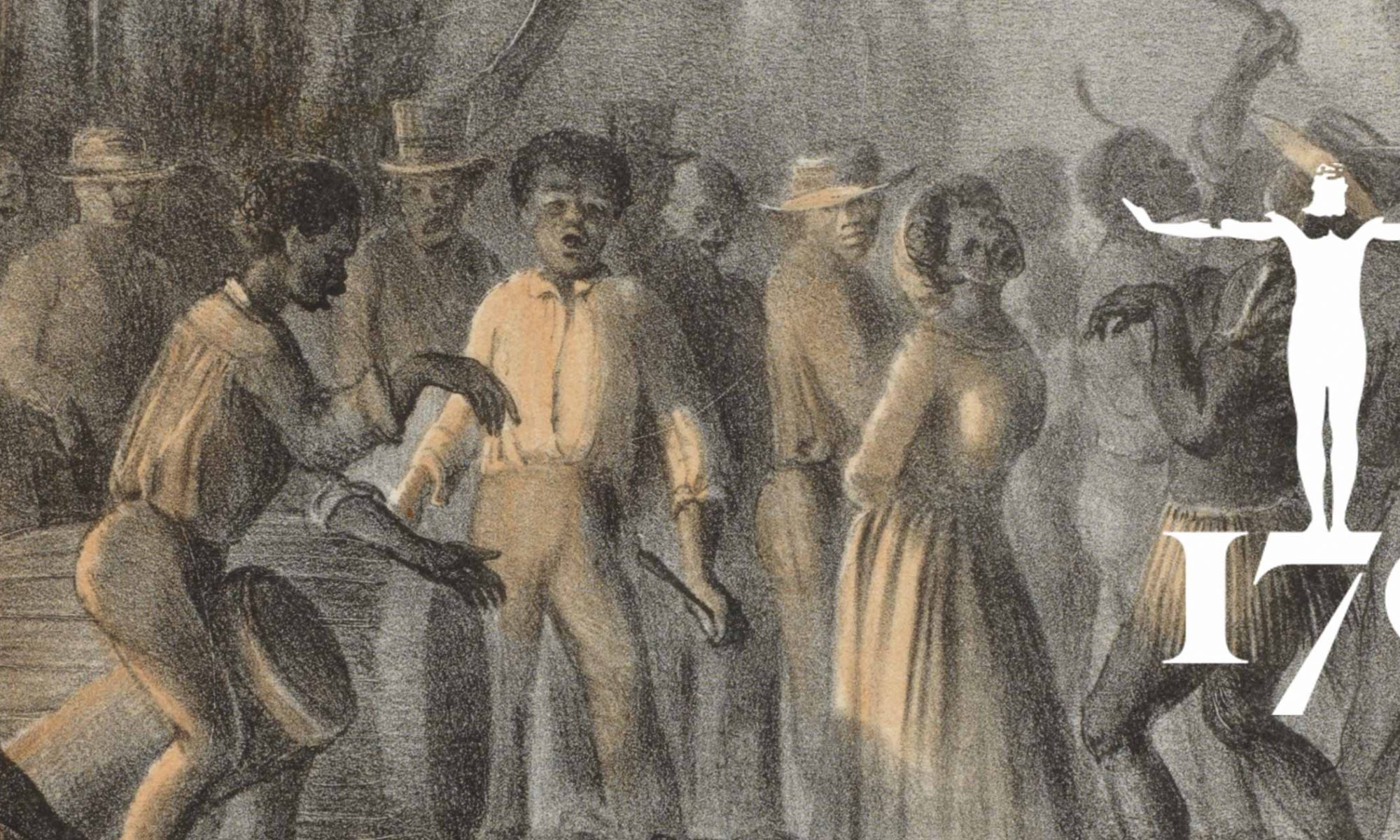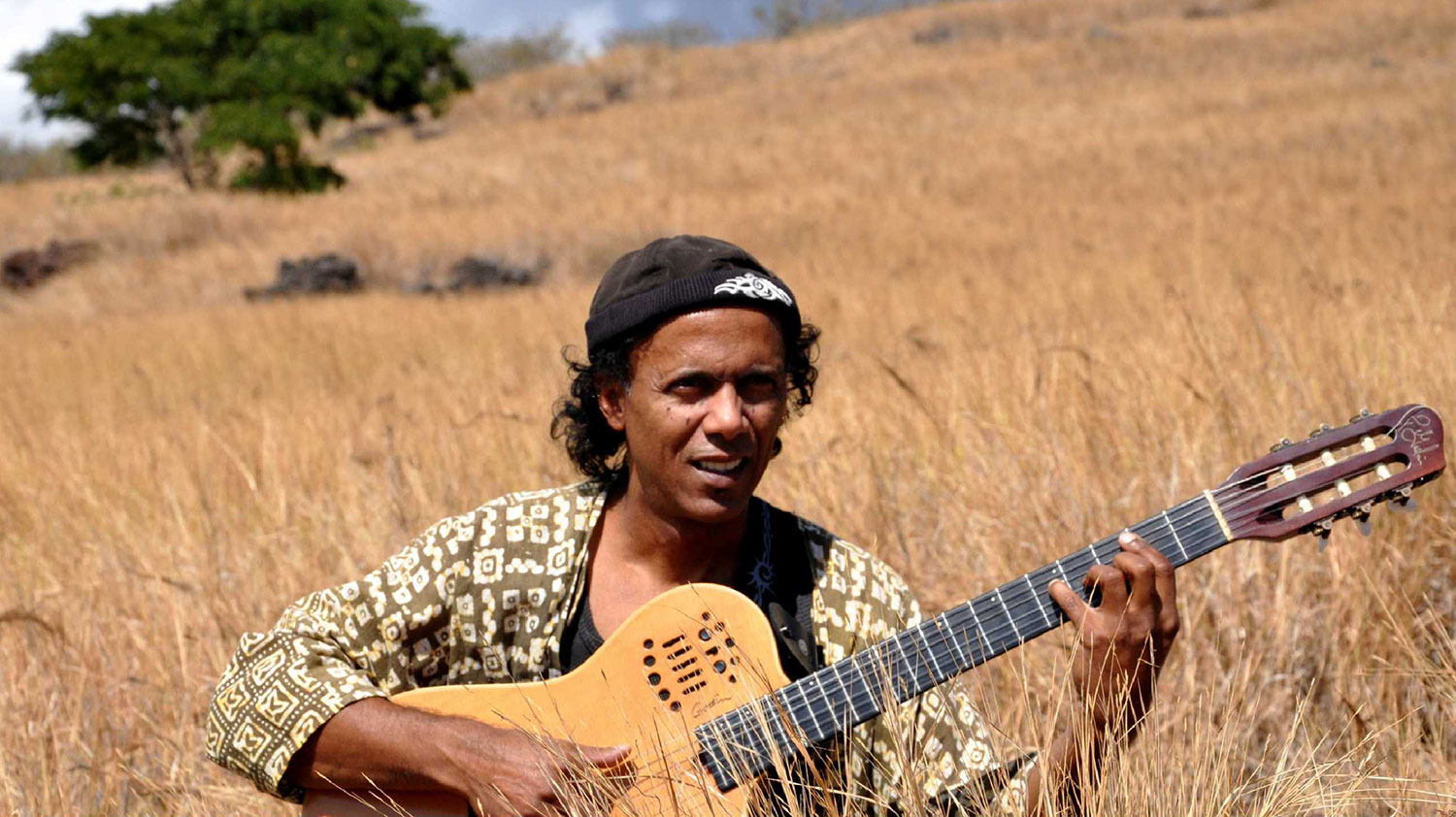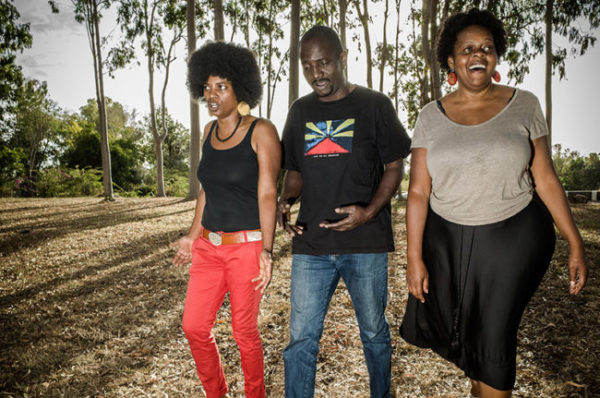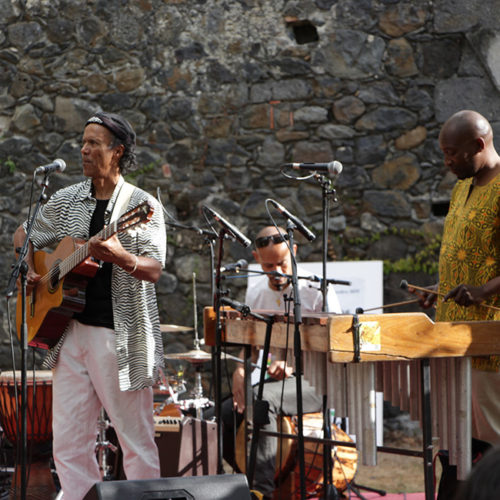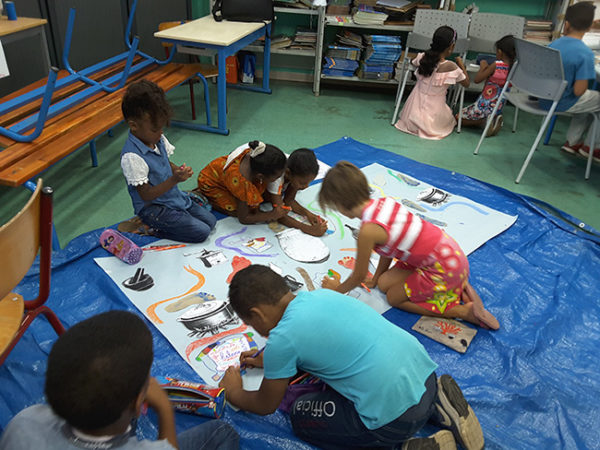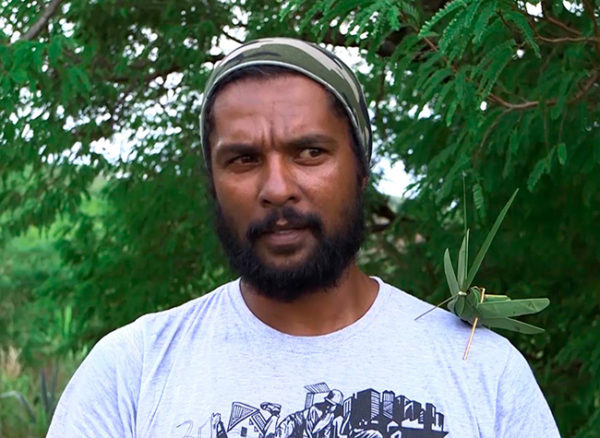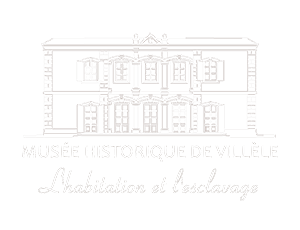The historian Hubert Gerbeau, a pioneer in the field of research on slavery in Reunion, died on 3rd April 2021. The Departmental Council of Reunion pays tribute to him.

“Hubert Gerbeau, historian, an eminent specialist on the history of slavery on Bourbon island, has died. On a personal level and on behalf of all the elected members of the Departmental Council, I wish to pay tribute to his memory and communicate our heartfelt condolences to his family.
At the University of Reunion, where he contributed to the intellectual development of several generations of students, and even after leaving the University, during his entire teaching career and after retiring, Hubert Gerbeau worked unceasingly, carrying out research and publishing documents with the aim of widening the knowledge of slavery on our island.
There is no doubt that his pioneering, rigorous scientific work, reflected in his many publications and his thesis on slavery on Bourbon in the 19th and 20th centuries, presented in 2005, will remain a reference.
The Department Council had a number of rich and open discussions with Hubert Gerbeau. As a result, after being a member of the organising committee for the 150th anniversary of the abolition of slavery in 1998, in 2018 he accepted the title of honorary member of the Scientific Committee for the future Villèle museum, Museum of the estate and of slavery.
The digital portal ‘History and memories of slavery in Reunion’, to which he contributed, now pays tribute to Hubert Gerbeau.”
Cyrille Melchior,
President of the Departmental Council of Reunion
Read the article by Hubert Gerbeau published on the website
The Illicit slave trade on Bourbon island in the 19th century
Bibliography:
Scientific works:
Martin Luther King / Hubert Gerbeau. – Paris : Éditions universitaires, 1968. – 166 p., 20 cm
Les esclaves noirs : pour une histoire du silence / Hubert Gerbeau. – Paris : A. Balland, impr. 1970. – 1 vol. (216 p.) ; 23 cm
Brèves réflexions sur le sort de la femme esclave à l’île de La Réunion au 19e siècle / Hubert Gerbeau. – Saint-Denis : [s.n.], 1973. – 1 vol. (19 p.) ; 30 cm
Des minorités mal connues : esclaves indiens et malais des Mascareignes au XIXème siècle / Hubert Gerbeau. – [Aix-en-Provence] : IHPOM, 1978. – 1 vol. (84 f.) ; 30 cm
La traite esclavagiste dans l’océan Indien : problèmes posés à l’historien, recherches à entreprendre / Hubert Gerbeau.
– [S.l.] : [s.n.], 1978. – P. 193-217 ; 30 cm
Presse et esclavage à l’île de La Réunion au temps de l’émancipation / Hubert Gerbeau ; [textes réunis par]Jean Antoine Gili et Ralph Schor . – Paris : publications de la Sorbonne, 1988. – P. 41-49 : couv. ill. en noir et en coul. ; 30 cm
Les esclaves noirs : pour une histoire du silence : 1848-1998, 150e anniversaire de l’abolition de l’esclavage, Île de la Réunion / Hubert Gerbeau. – [Saint-Denis] : Conseil général de la Réunion ; Saint-André : Océan éd., 1998. – 195 p. ; 22 cm. – (Collection 20 désanm)
De l’esclavage / Hubert Gerbeau, Issa Asgarally, Jean-François Reverzy. – Saint-Denis (La Réunion) : Grand Océan, 2005.
– 1 vol. (104 p.) ; 21 cm
L’esclavage et son ombre : l’île de Bourbon aux XIXe et XXe siècles / Hubert Gerbeau ; sous la direction de Gérard Chastagnaret. – Université de Provence 2005. – Thèse de doctorat d’État Histoire
Les esclaves noirs : pour une histoire du silence / Hubert Gerbeau. – Paris : les Indes savantes, impr. 2013, cop. 2013.
– 1 vol. (203 p.) : couv. ill. ; 24 cm
Literary works:
Swèdjana (le fou d’Afrique). – Paris : Flammarion, 1980. – 157 p.
Nostalgies de couleurs : suite de textes / sur des dessins de Raphaël Ségura ; préface de Gilbert Aubry. – Saint-André (Réunion) : Océan Editions, 1990. – 108 p.
Visions et visages : suite de textes accompagnant l’exposition de 40 tableaux de Jean-Jacques Martin organisée dans les locaux du Port Autonome de Marseille (2001).
Le Voyageur : conte. – In La Corne de Brume, n° 2, 2003, p. 70-84.
Noc. – Paris : Editions Le Bretteur, 2004. – 228 p.
LIA. D’un paradis l’autre. – Paris, Les Indes savantes, 2006. – 352 p. – (Collection du cannibale)
La Négresse de paradis. – Paris : Les Indes savantes, 2011. – 216 p. – . (Collection du cannibale)
Foutu foot. – Saint-Denis : Édilivre, DL 2015. – 1 vol. (107 p.) ; 21 cm
Publications on the Internet:
http://classiques.uqac.ca/contemporains/gerbeau_hubert/gerbeau_hubert.html
“L’Océan Indien n’est pas l’Atlantique. La traite illégale à Bourbon au XIXe siècle.” Un article publié dans Outre-Mers, revue de la société française d’Histoire d’Outre-mer, n° 336-337, décembre 2002, Paris, p. 79-108 (coordination du dossier thématique “Traites et esclavages: vieux problèmes, nouvelles perspectives ?” par Olivier Pétré-Grenouilleau, p. 1-282).
“Maladie et santé aux Mascareignes: une histoire aux prises avec l’idéologie”. Un article publié dans l’ouvrage sous la direction de Jean-Luc Bonniol, Gerry L’Étang, Jean Barnabé et Raphaël Confiant, Au visiteur lumineux. Des îles créoles aux sociétés plurielles. Mélanges offerts à Jean Benoist, pp. 557-574. Petit-Bourg, Guadeloupe: Ibis Rouge Éditions, GEREC-F/Presses universitaires créoles, 2000, 716 pp.
“La famille Mabit dans les Hauts de la Réunion. Une contribution au mythe insulaire”. Un article publié dans De la tradition à la post-modernité. Hommage à Jean Poirier, pp. 257-265. Textes réunis par André Carénini et Jean-Pierre Jardel. Paris: Les Presses universitaires de France, 1996, 1re édition, 487 pp.
“LES INDIENS DES MASCAREIGNES. Simples jalons pour l’histoire d’une réussite (XVIle-XXe siècle)”. Un article publié dans l’Annuaire des pays de l’Océan indien, XII, 1990-1991, pp. 15-45. Éditions du CNRS / Presses universitaires d’Aix-Marseilles, 1992.
“La liberté des enfants de Dieu. Quelques aspects des relations des esclaves et de l’Église à la Réunion”. Un article publié dans Problèmes religieux et minorités en Océan indien. Table ronde IHPOM, CHEAM, CERSOI. Sénanque, mai 1980, pp. 45-95. Institut d’histoire des pays d’outre-mer, Université de Provence. Études et documents, no 14, 1981.
“Des minorités mal connues: esclaves indiens et malais des Mascareignes au XIXe siècle”. Table ronde sur “Migrations, minorités et échanges en Océan Indien, XIXe-XXe siècle”, Sénanque, 1978, Études et Documents, Aix-en-Provence, IHPOM (Institut d’Histoire des Pays d’Outre-Mer), Université de Provence, n° 11, 1979, p. 160-242.
